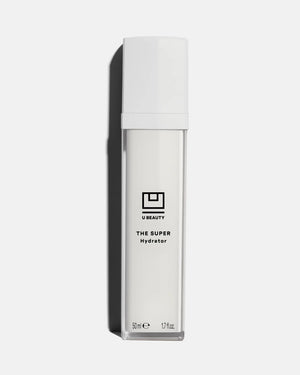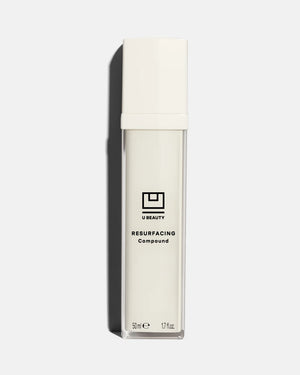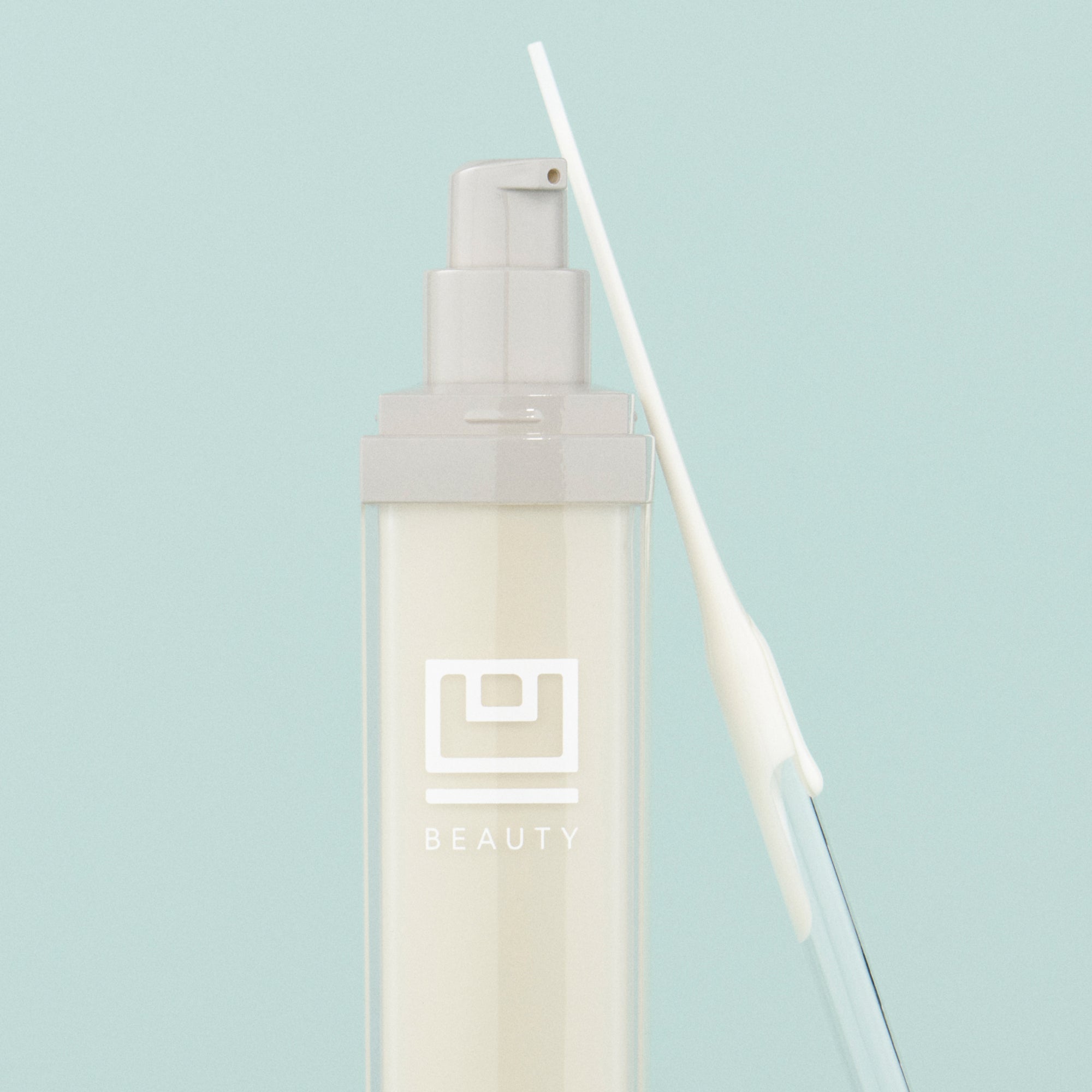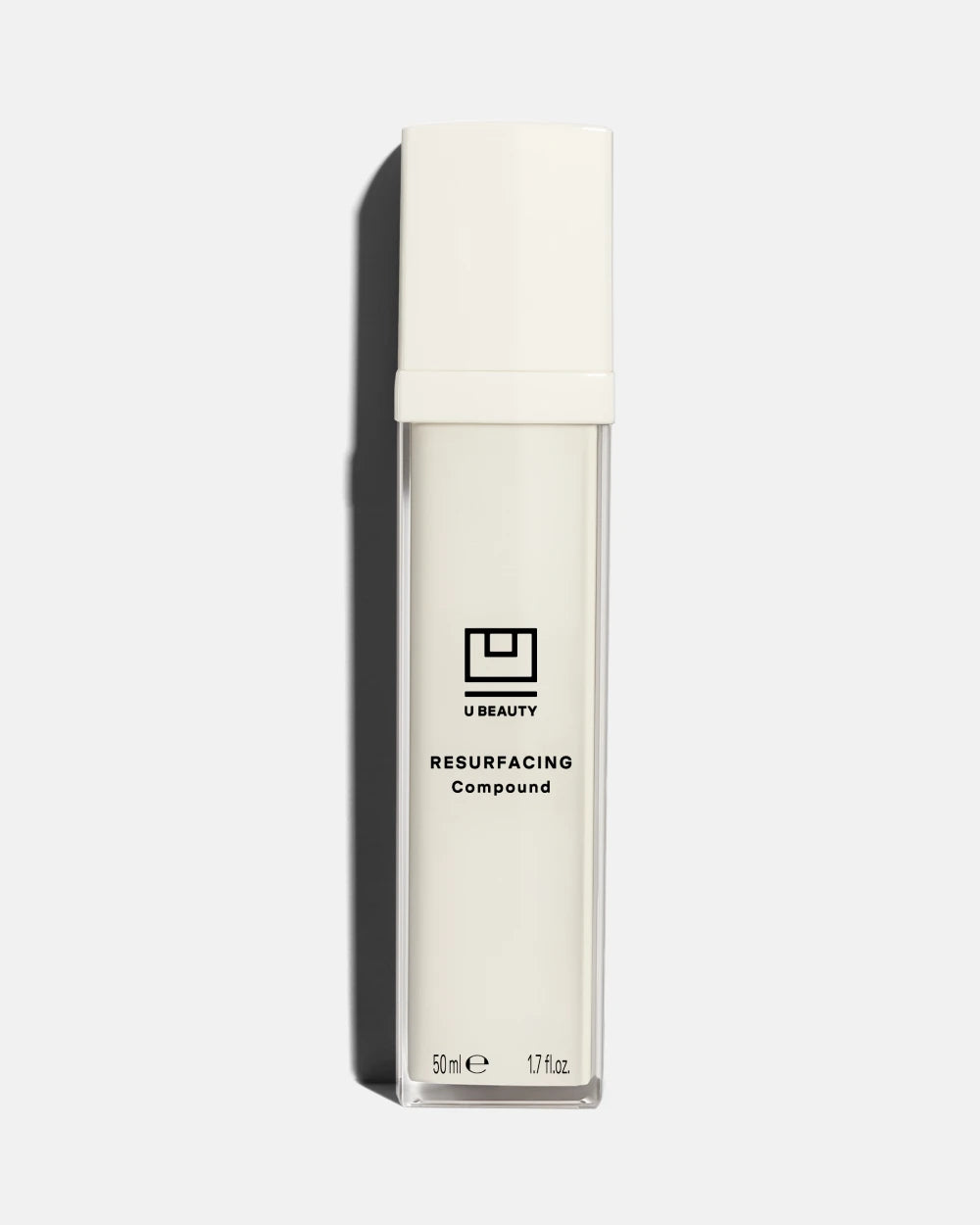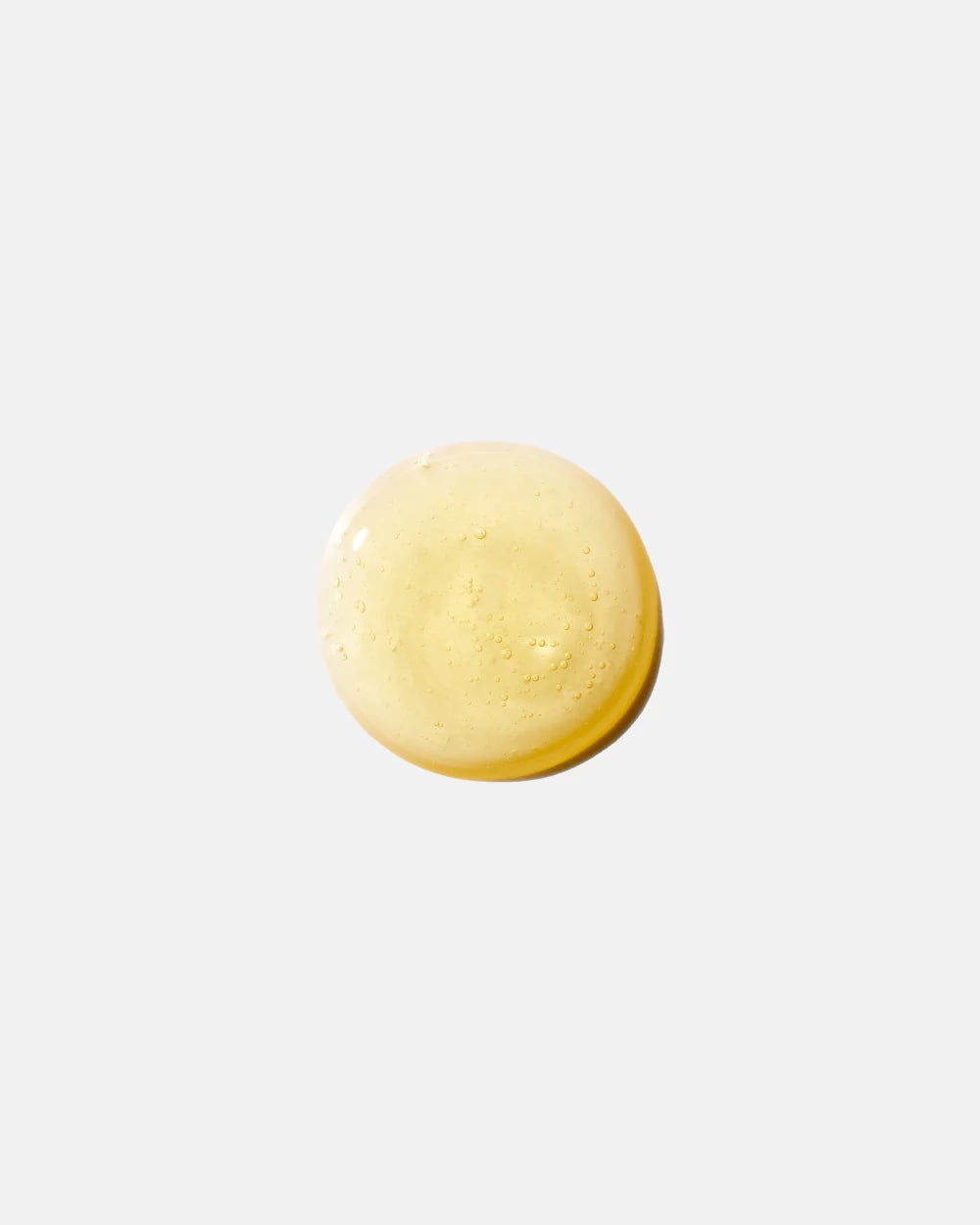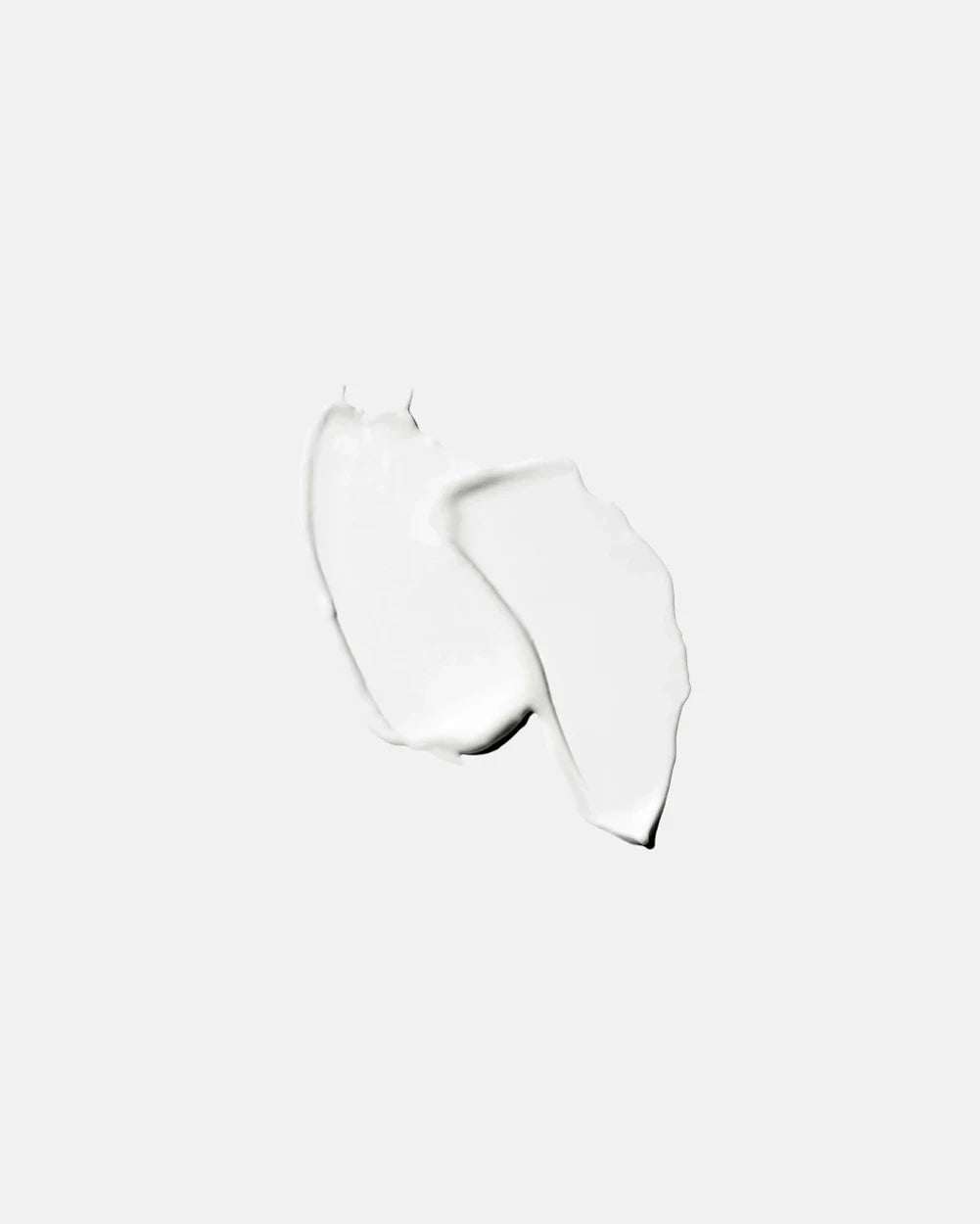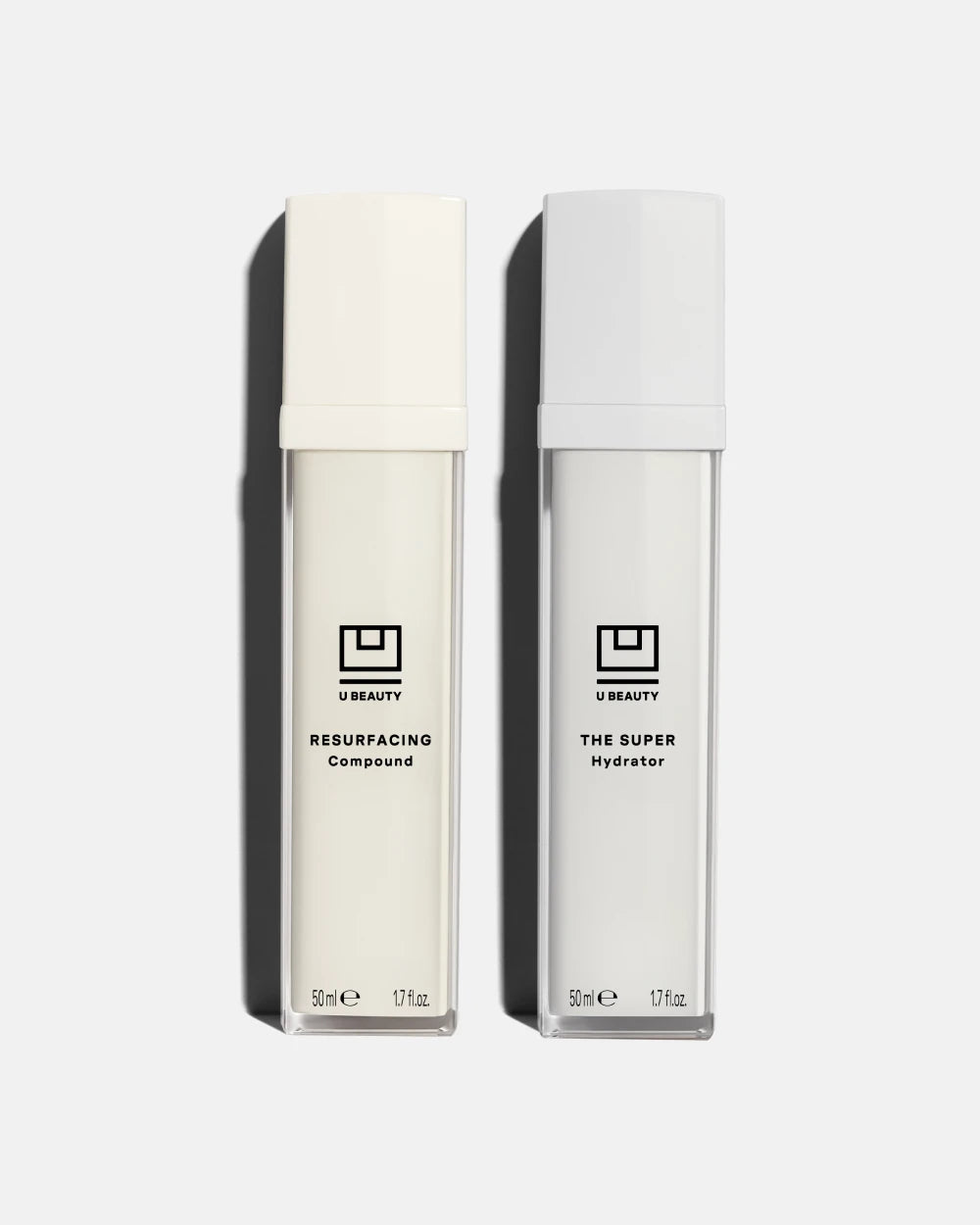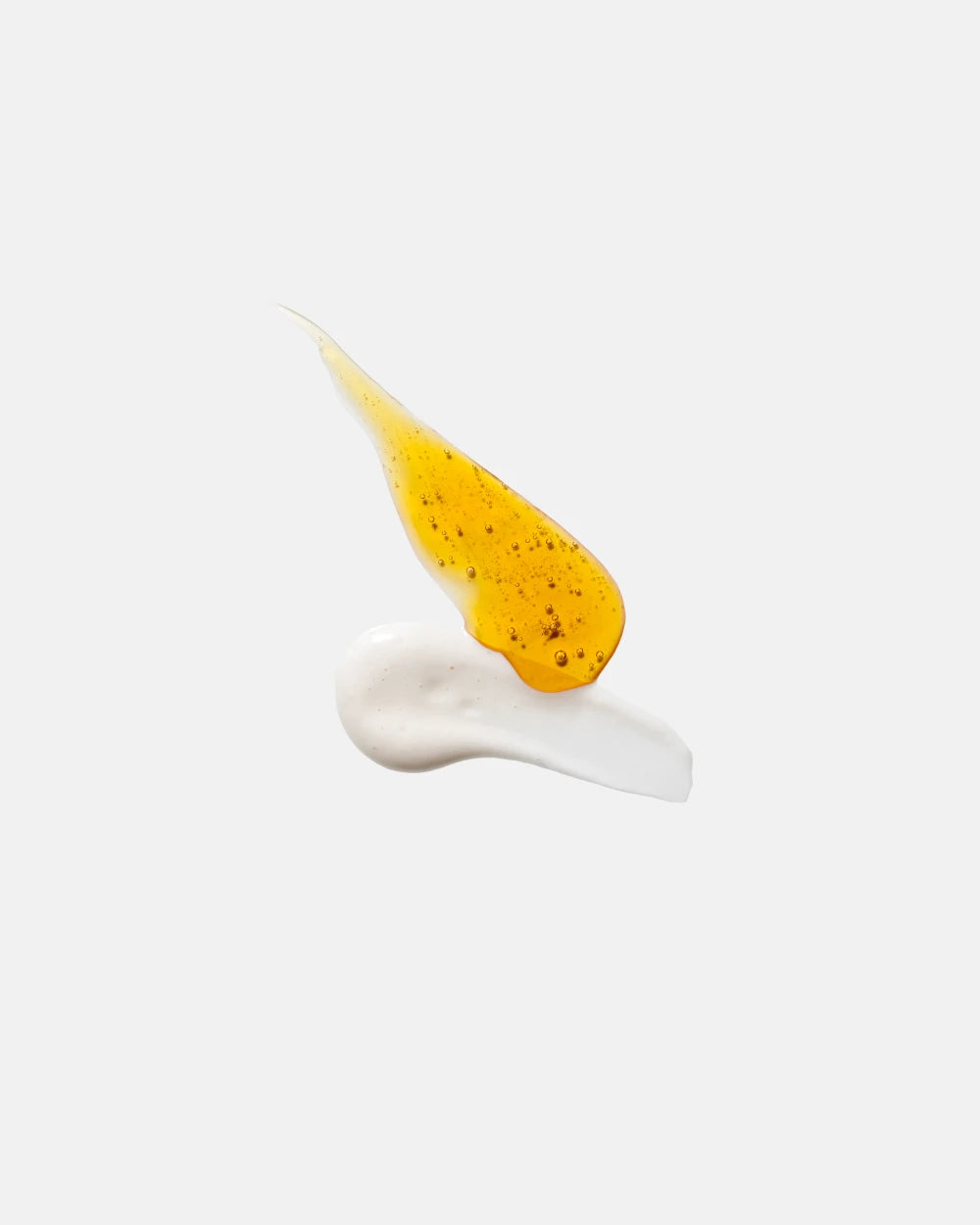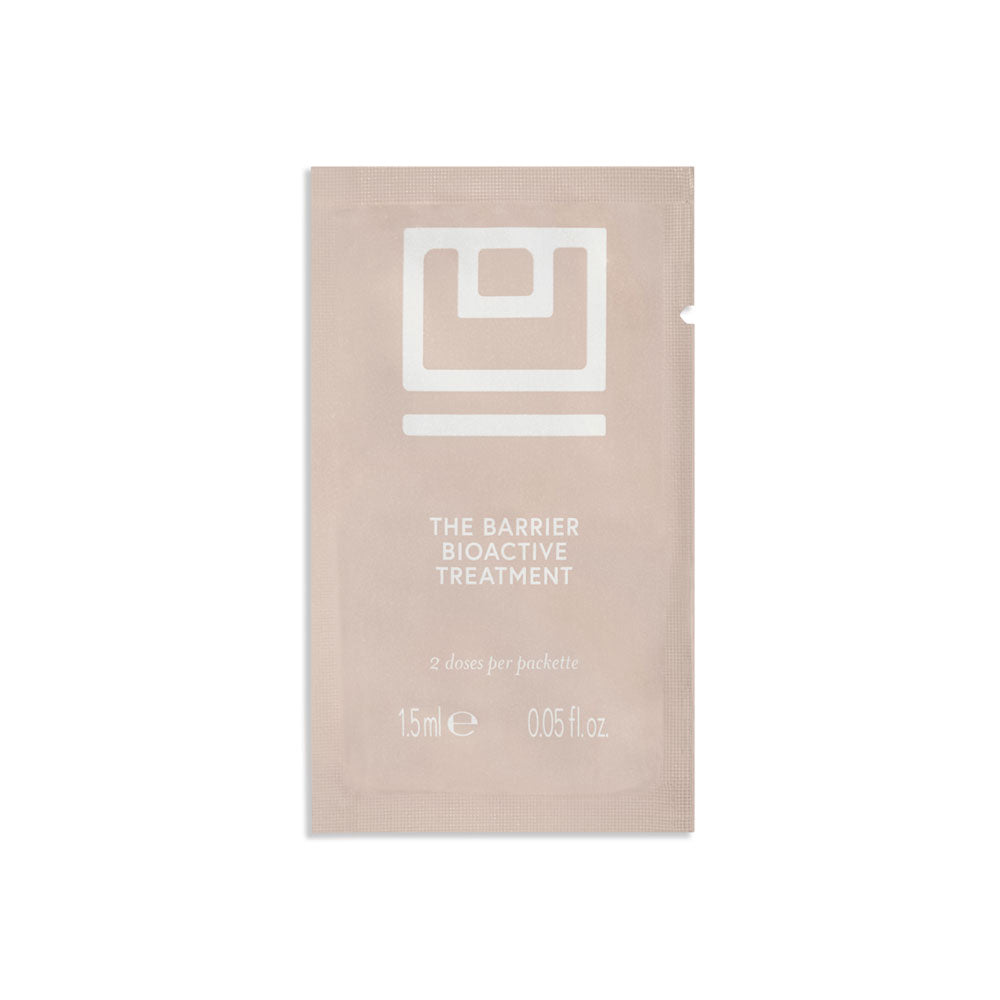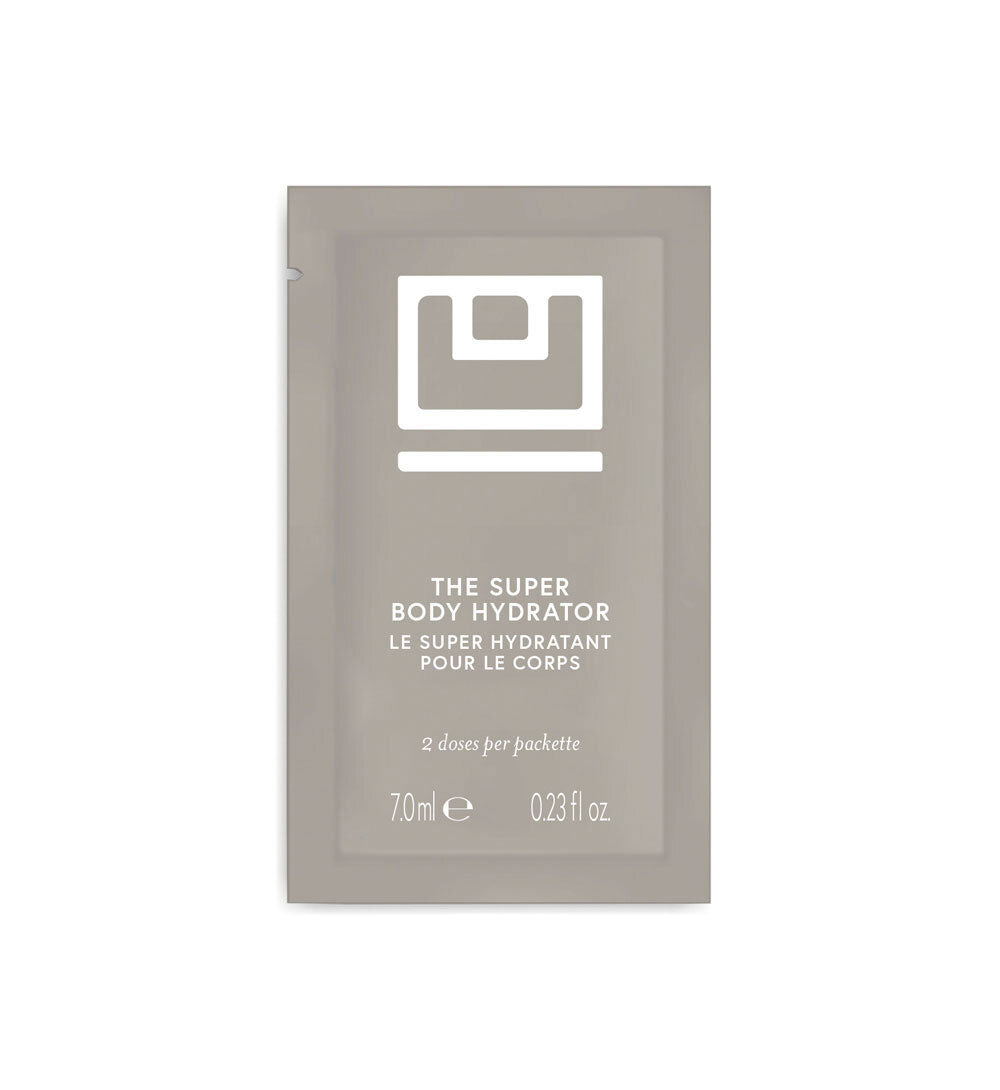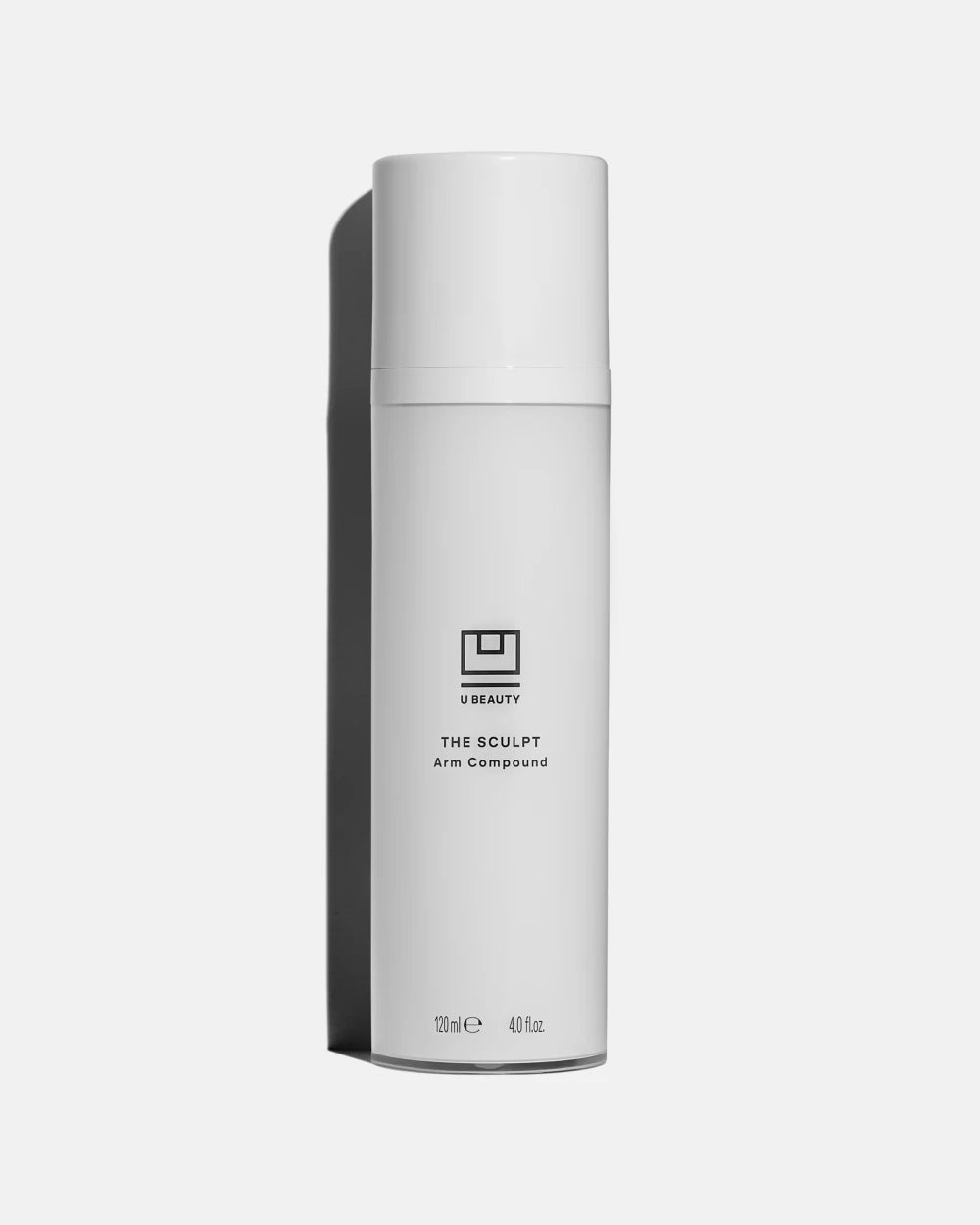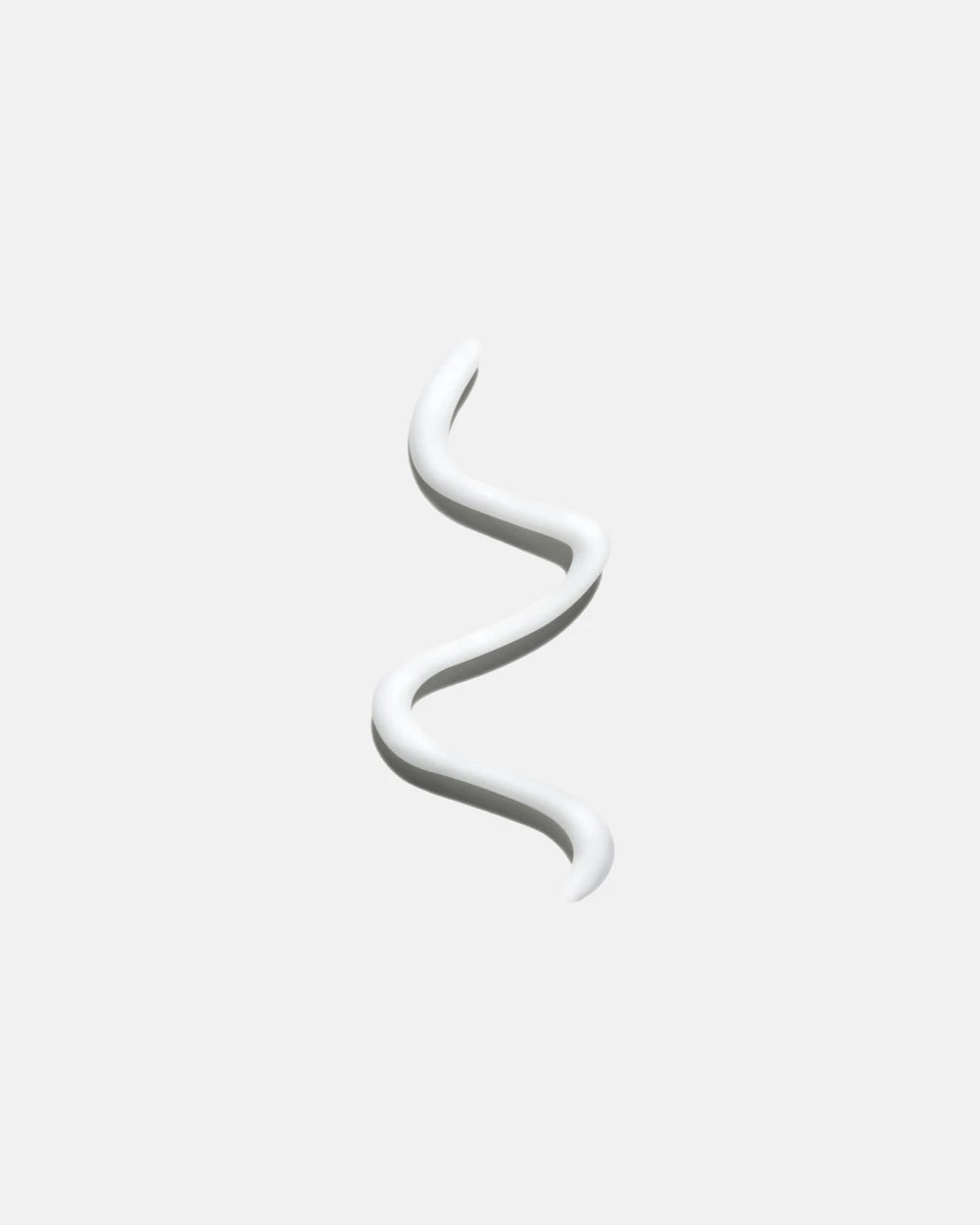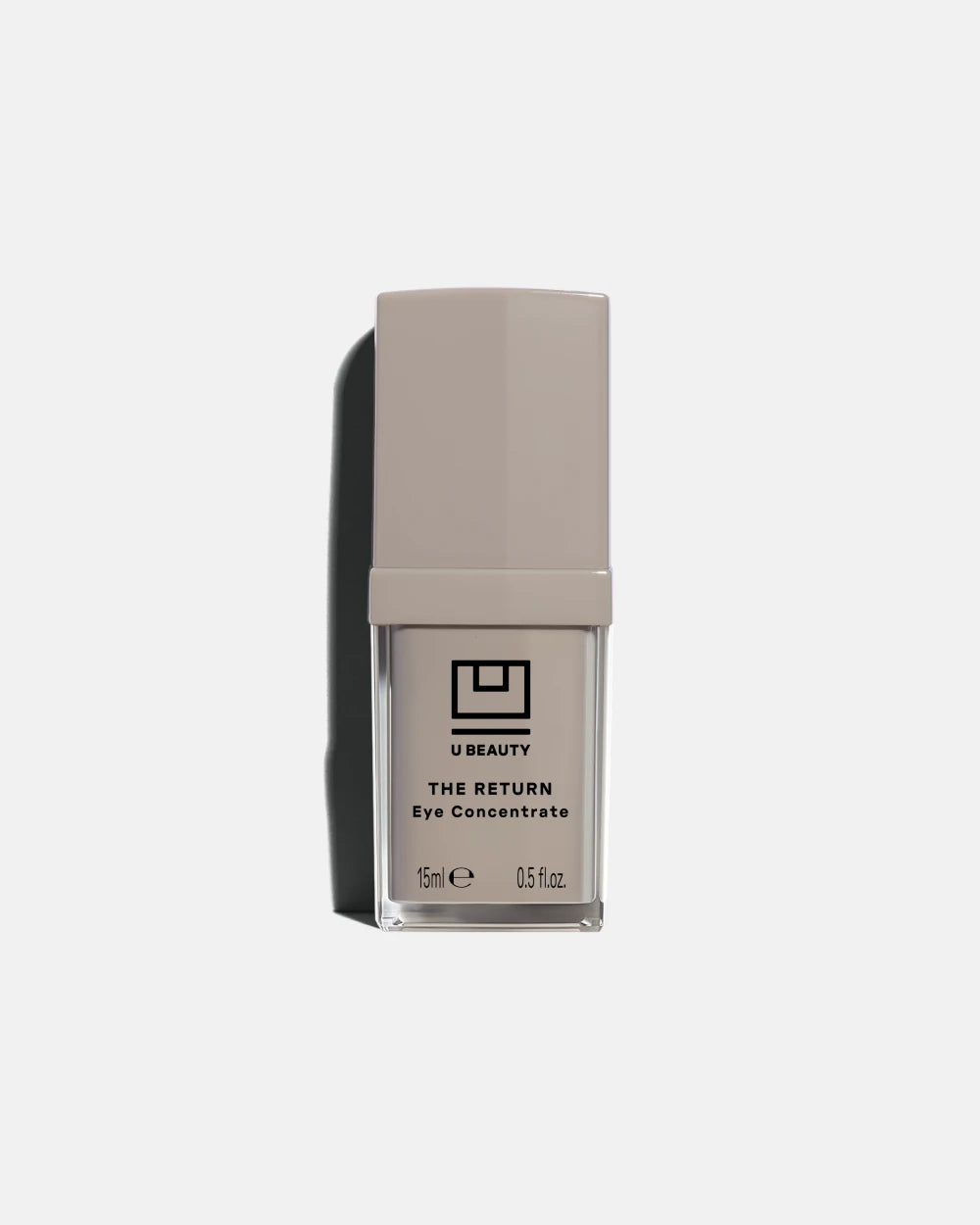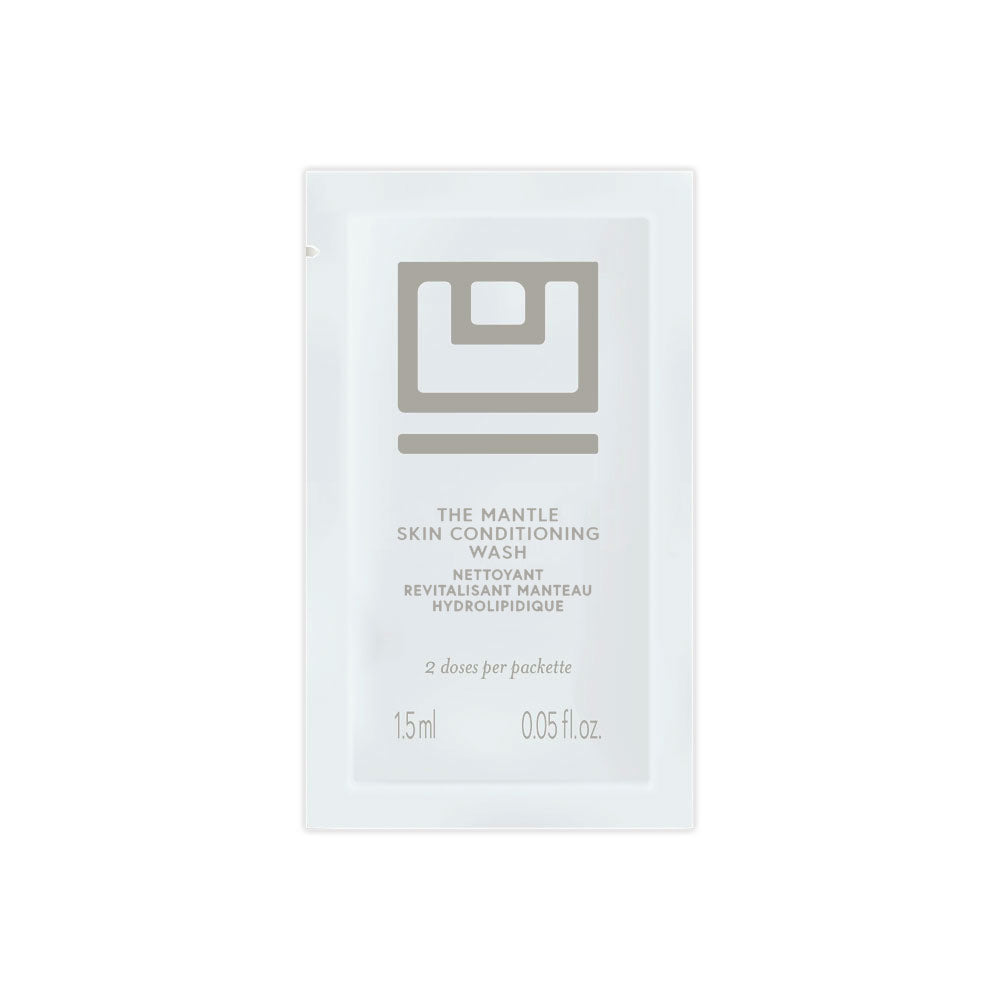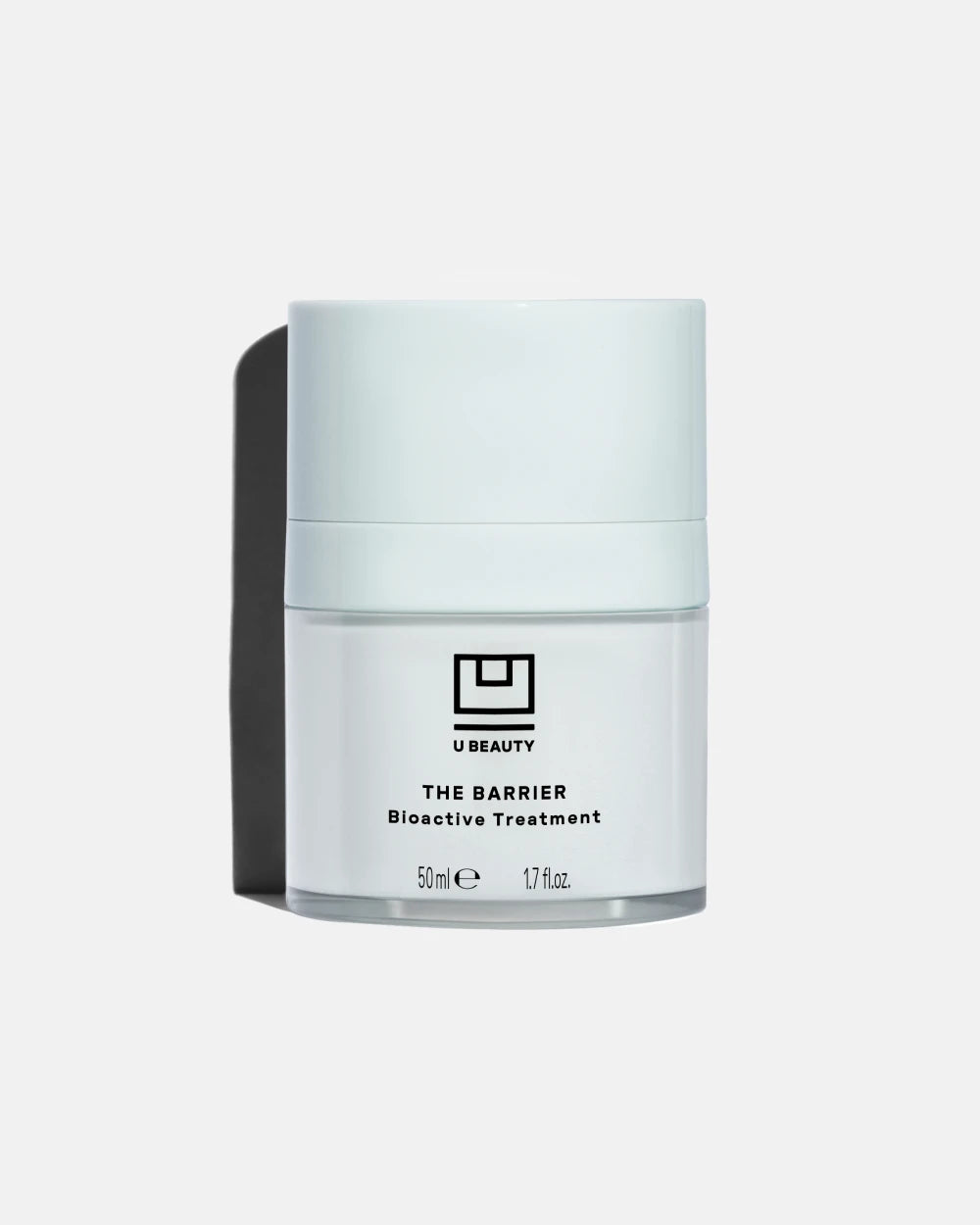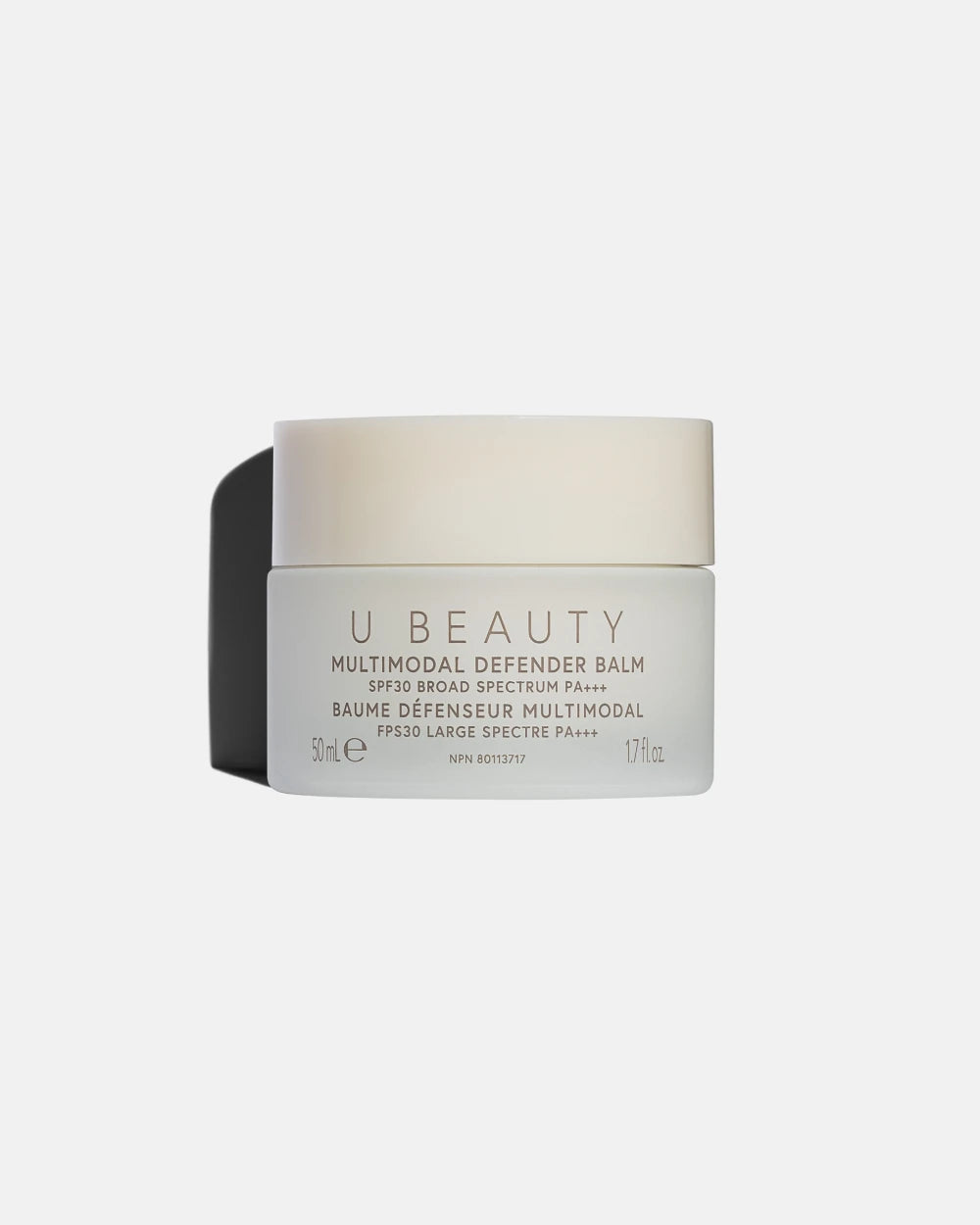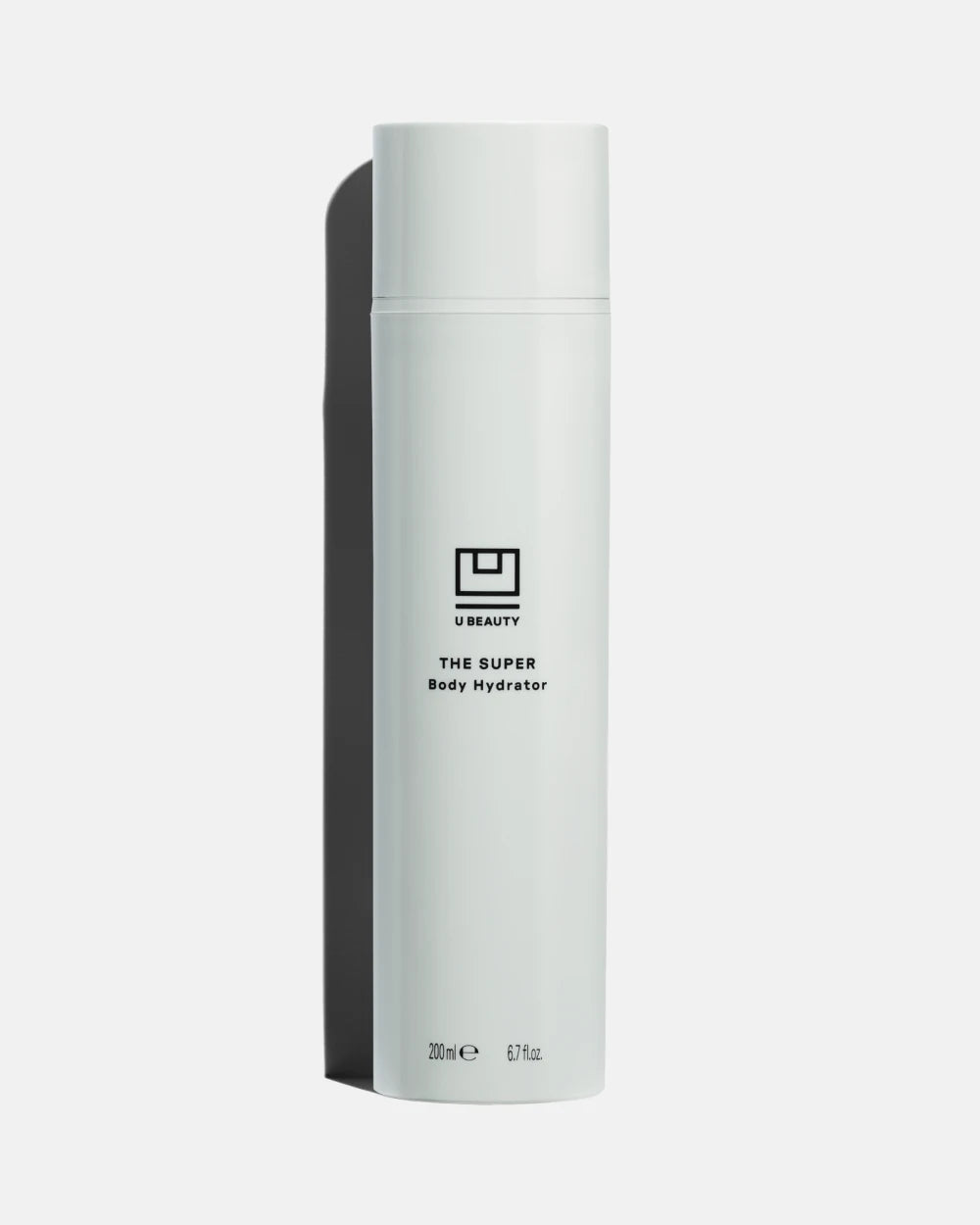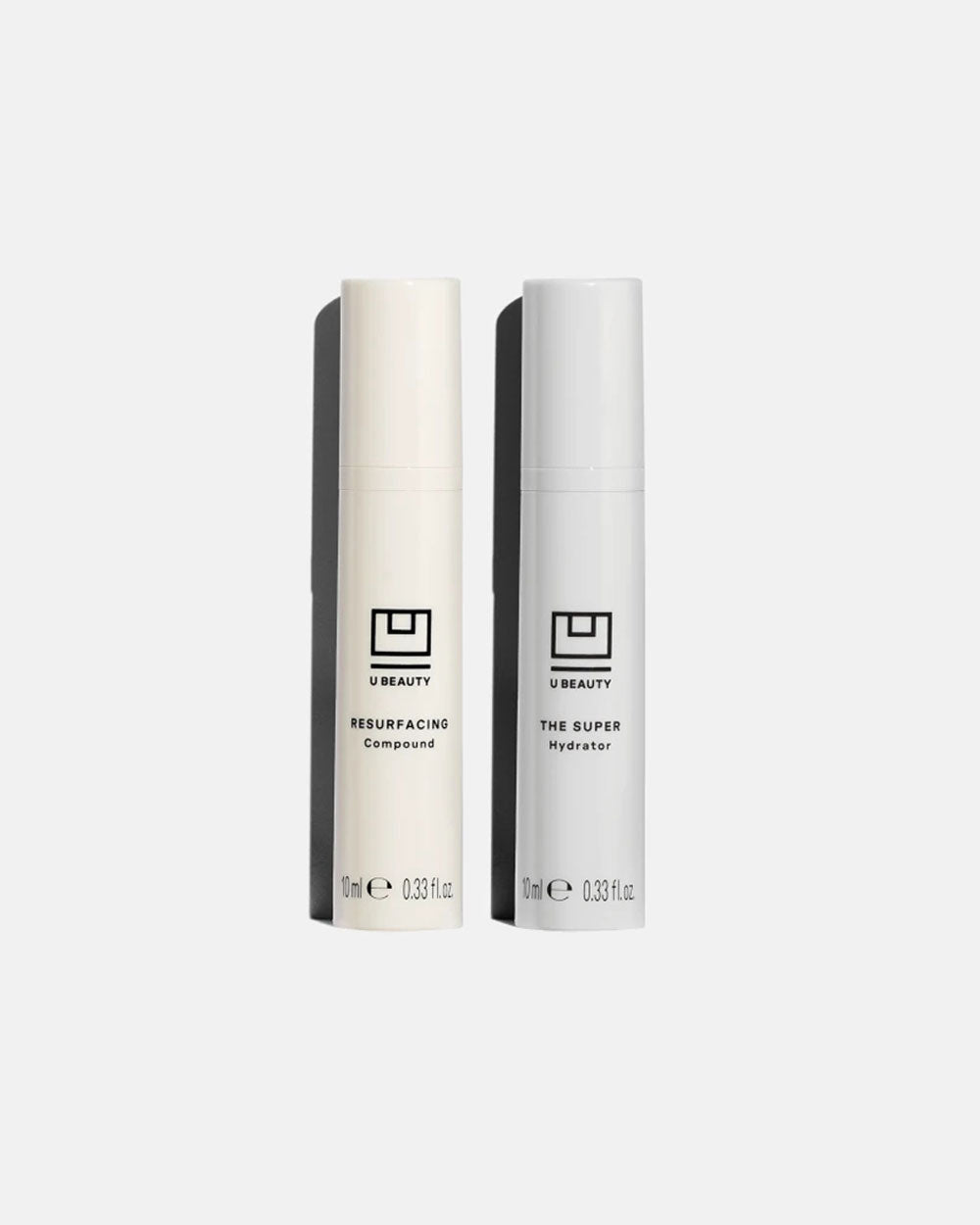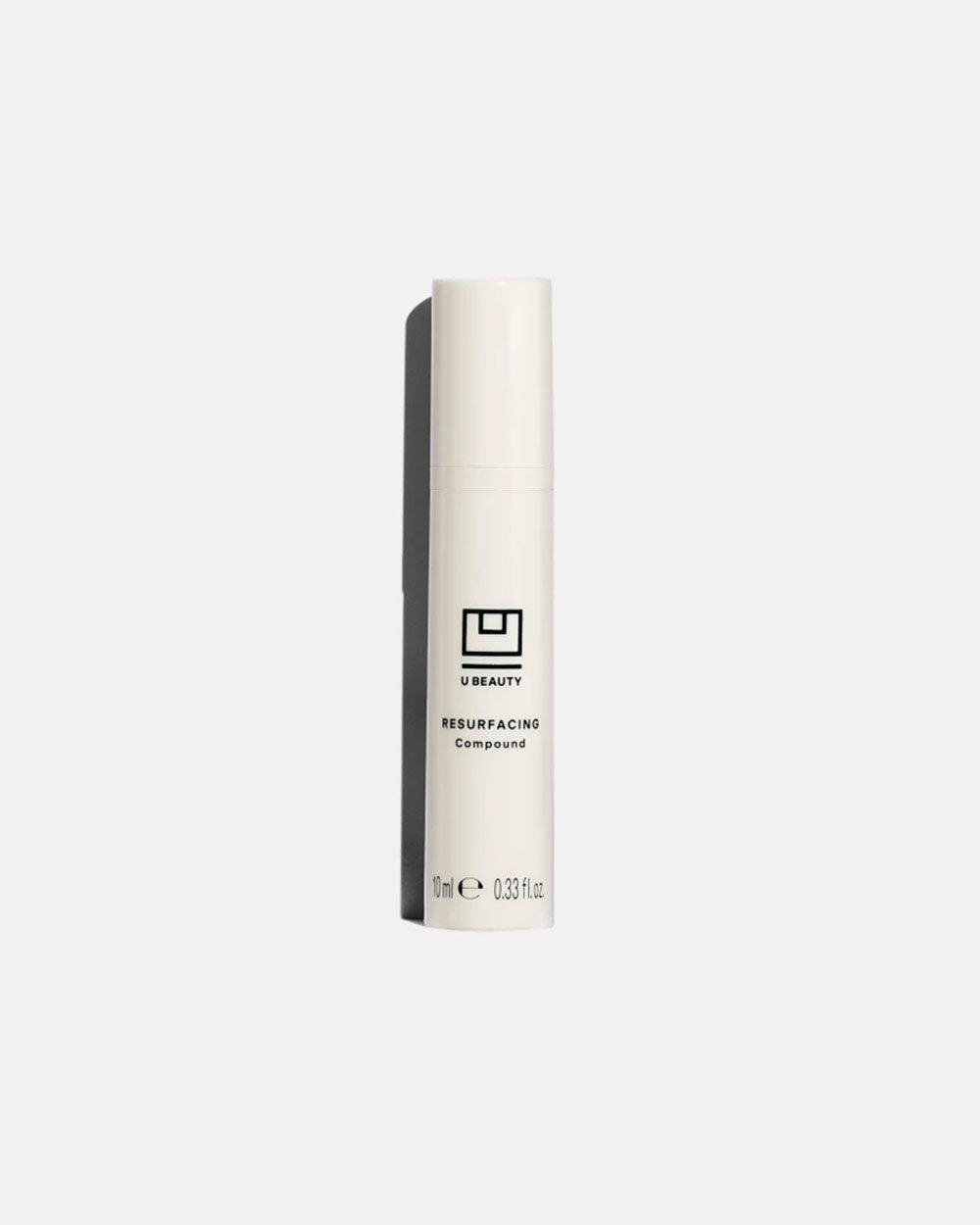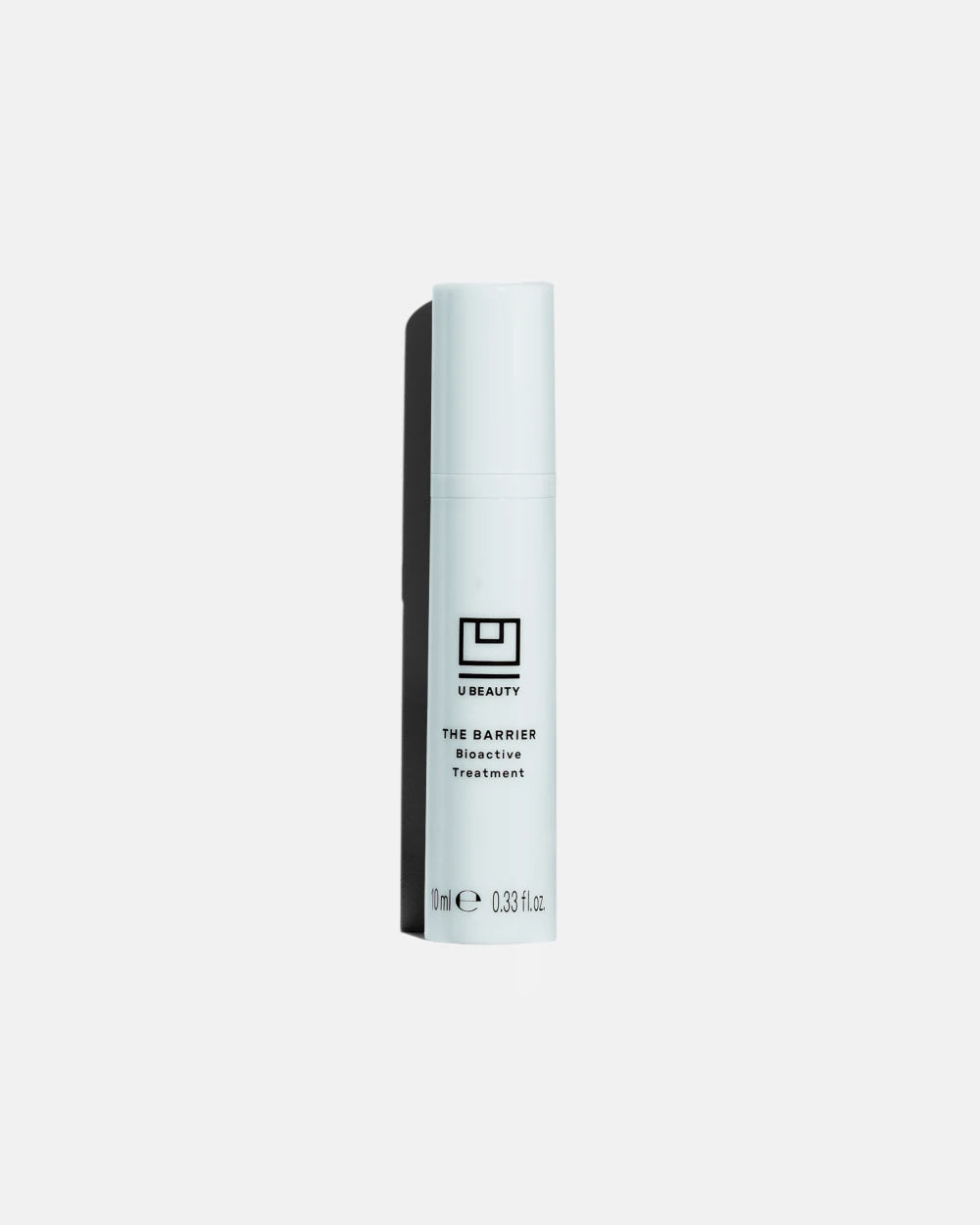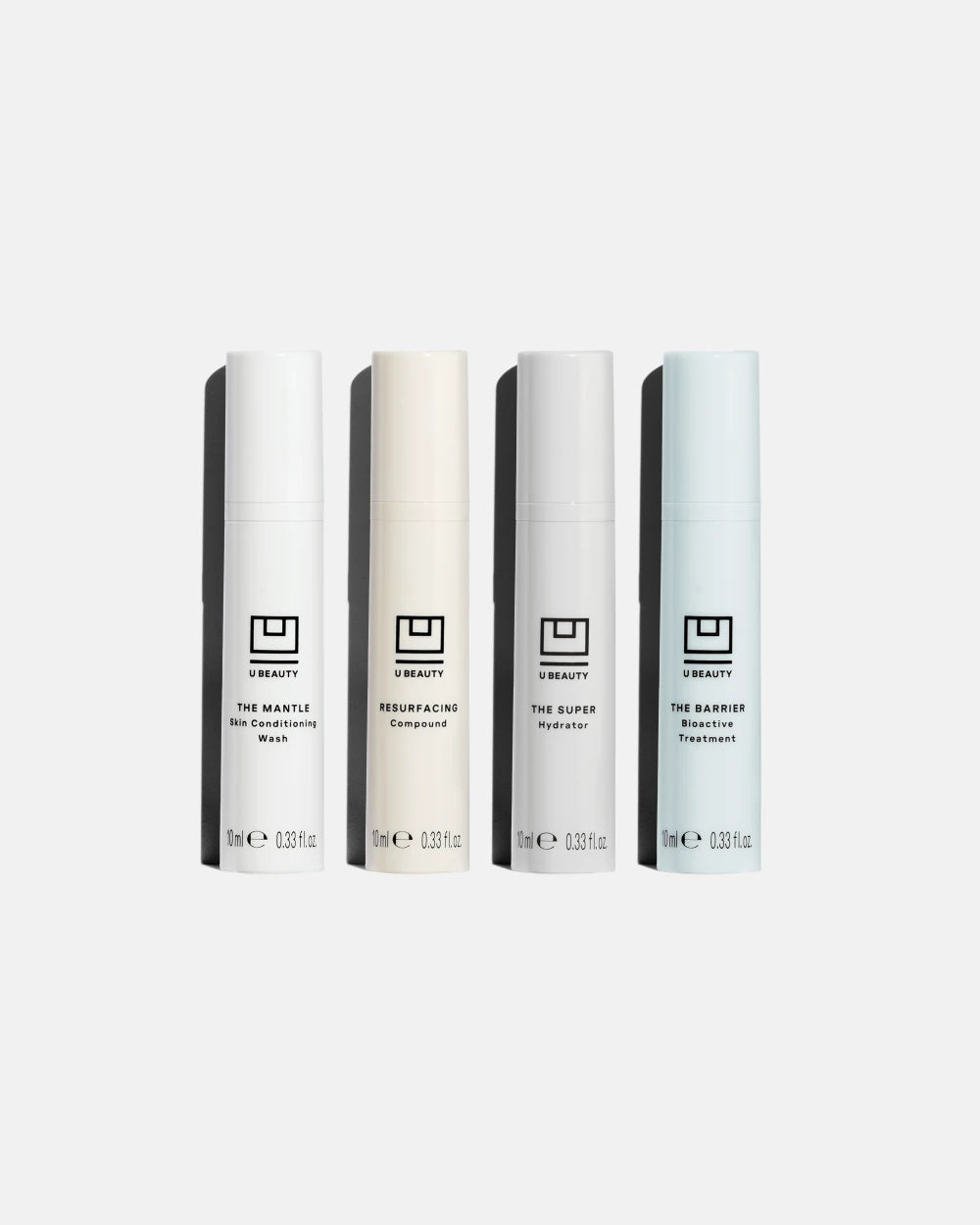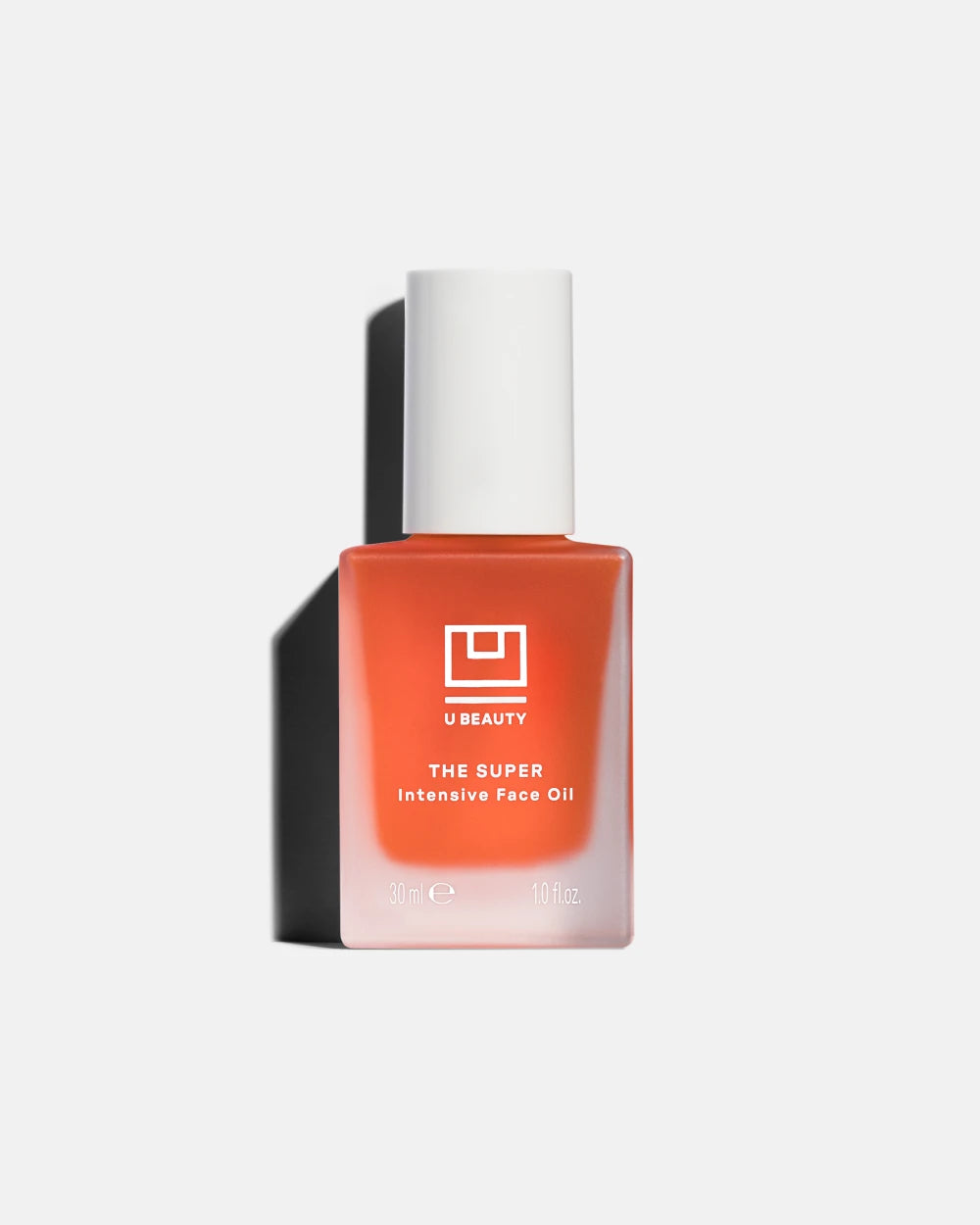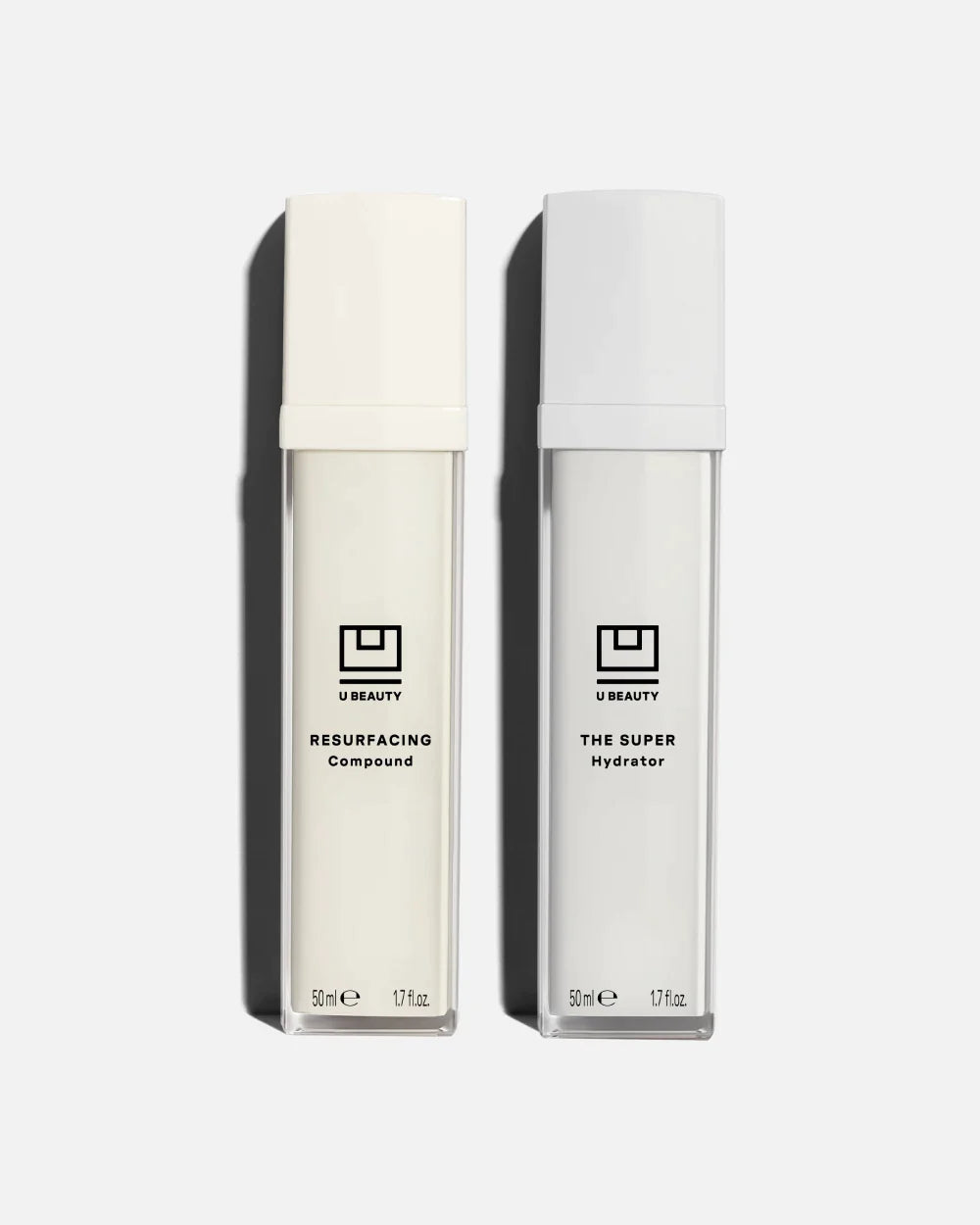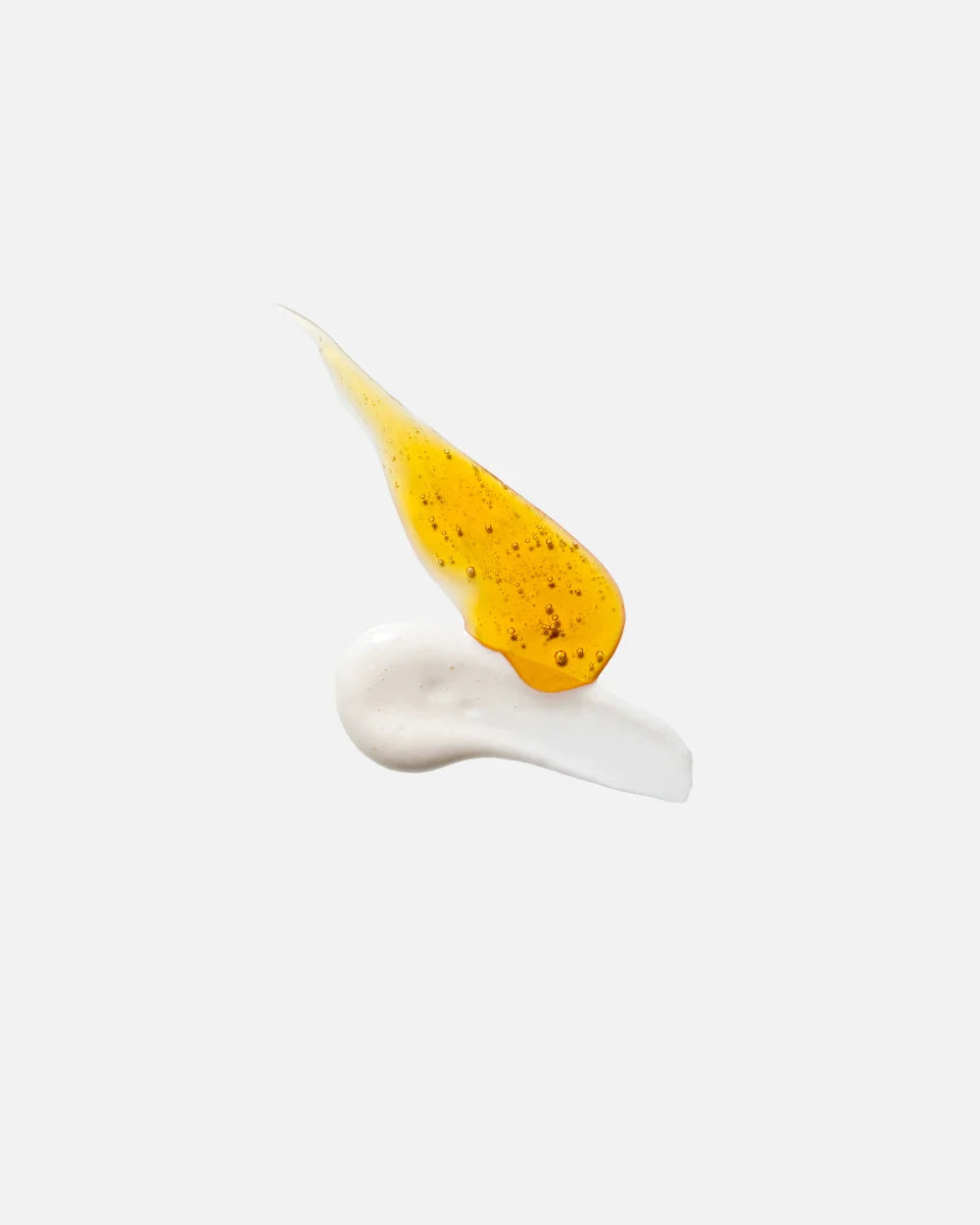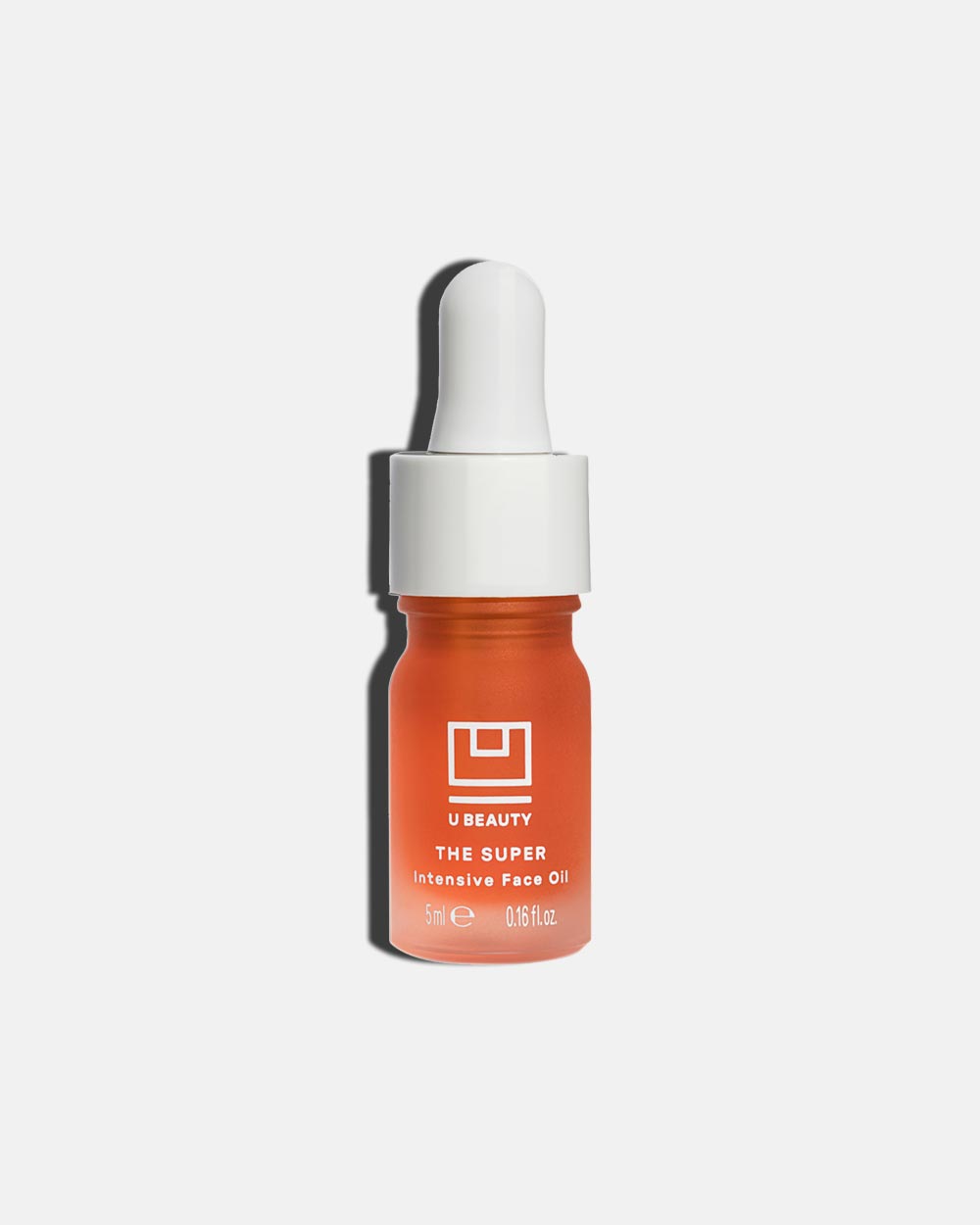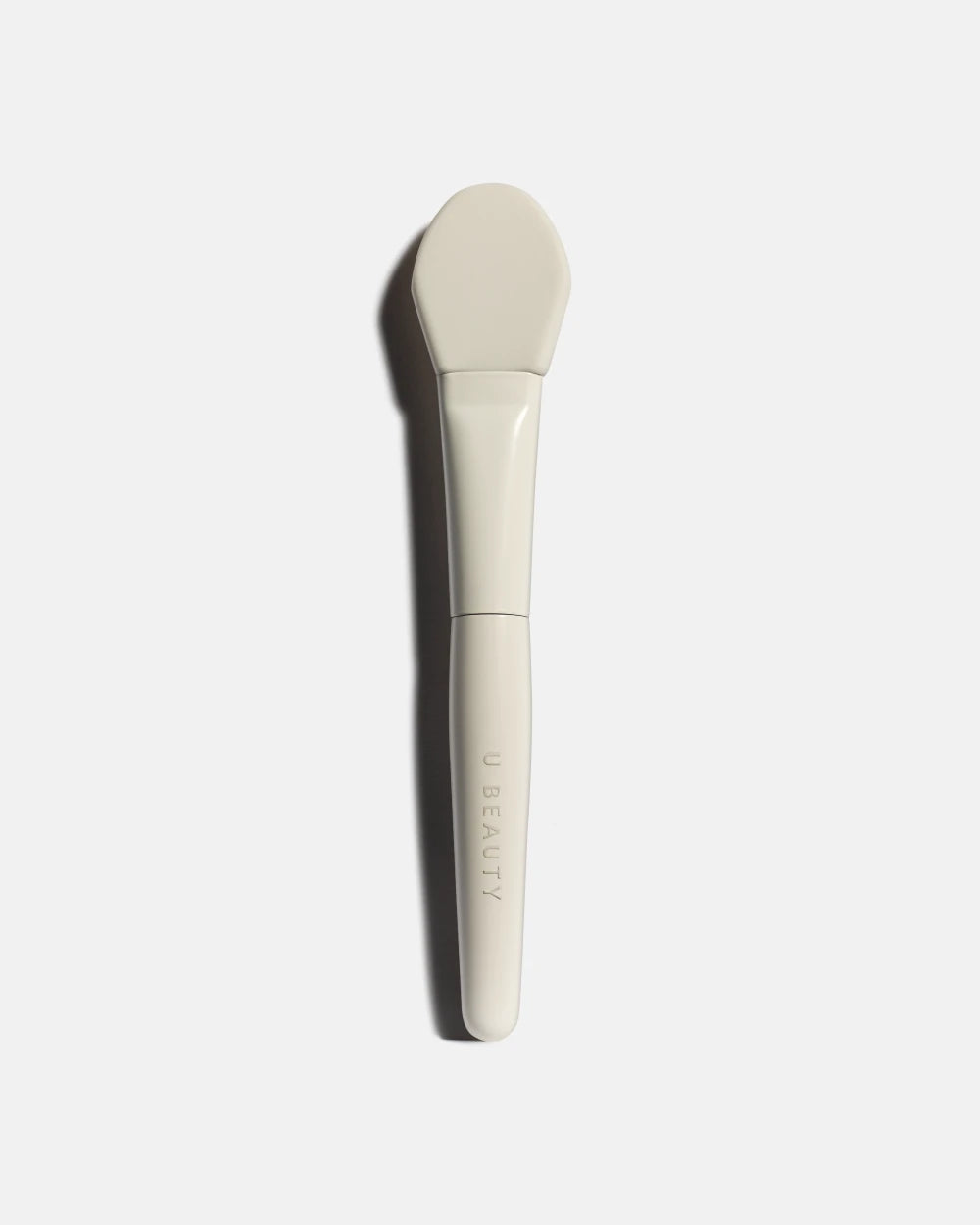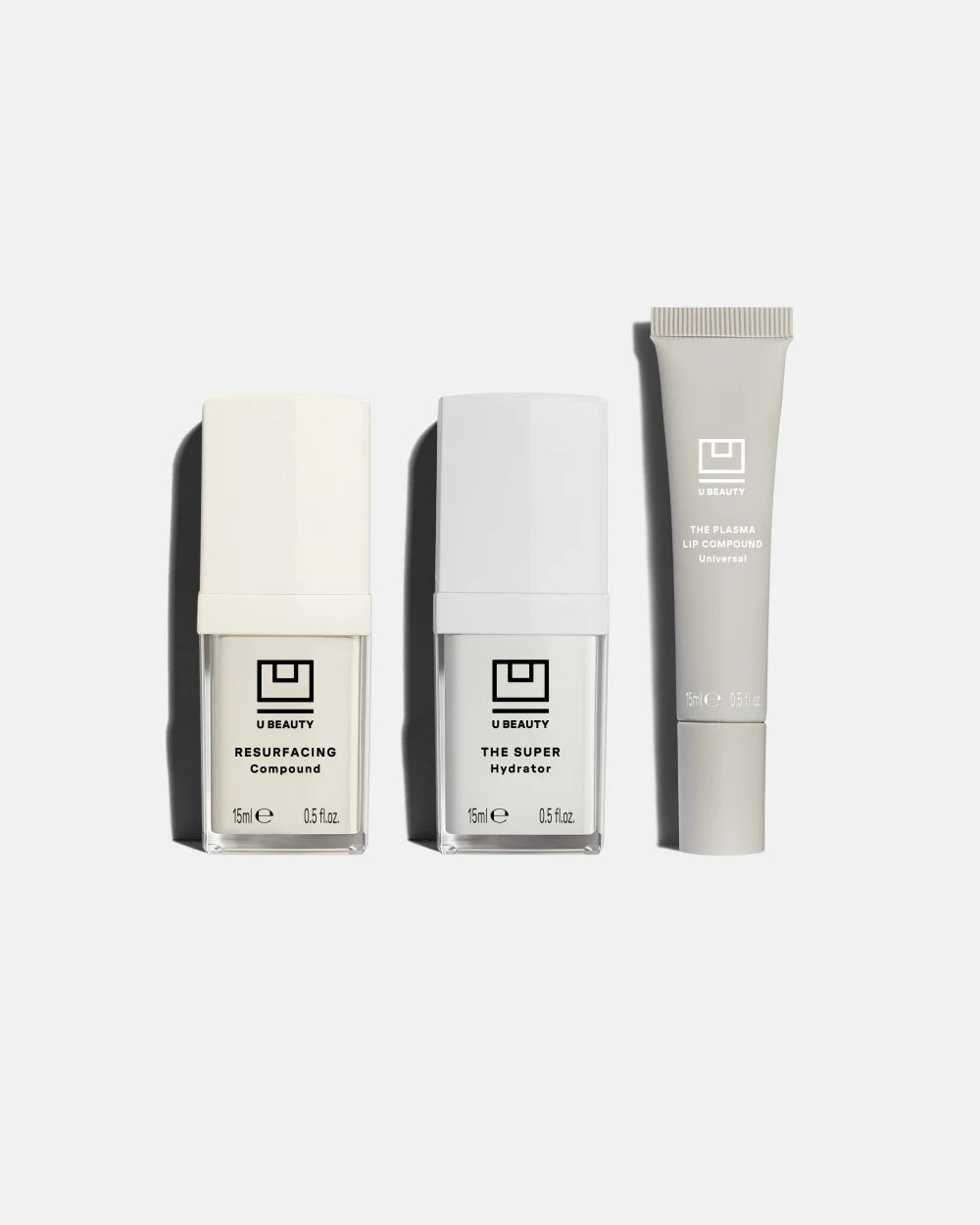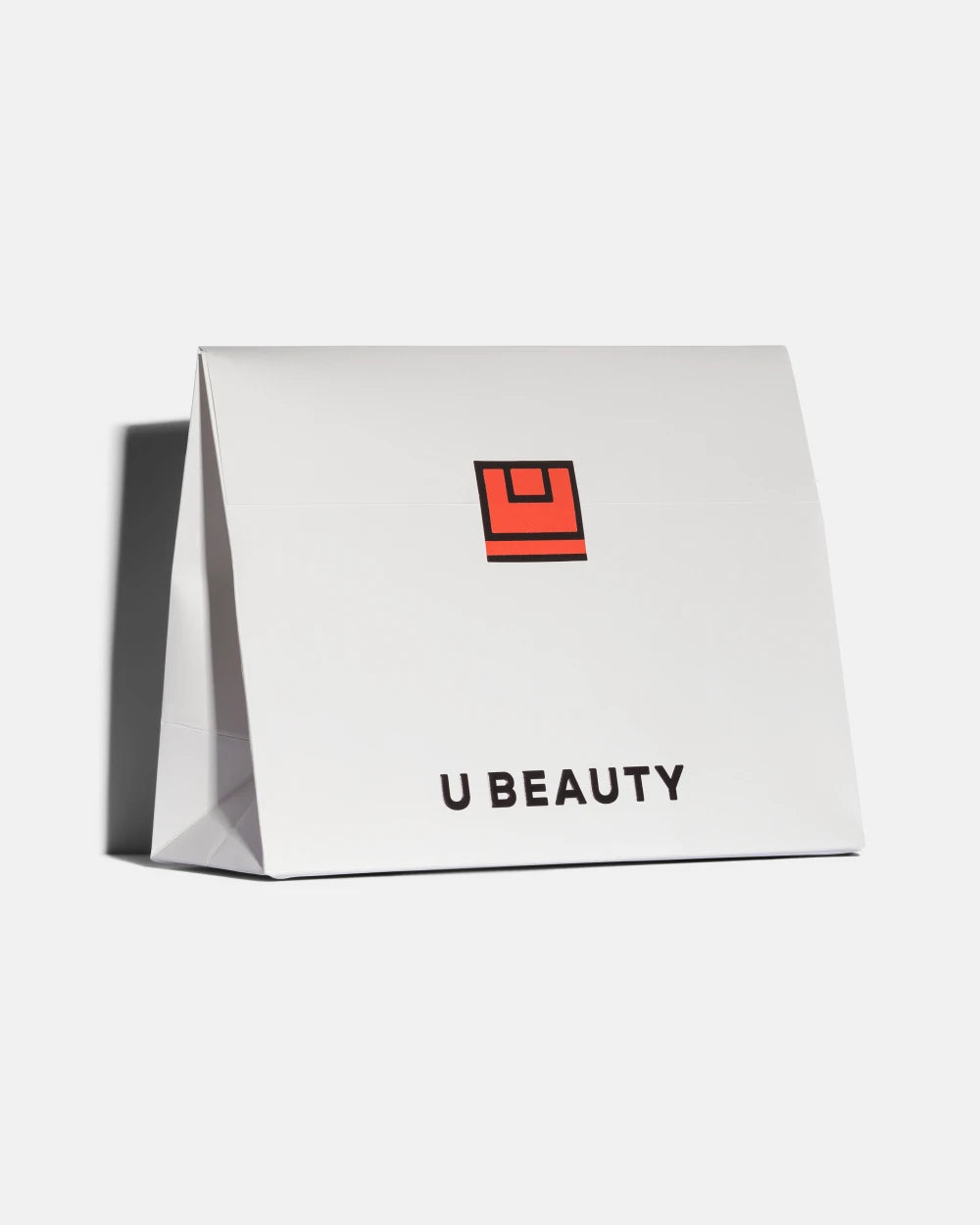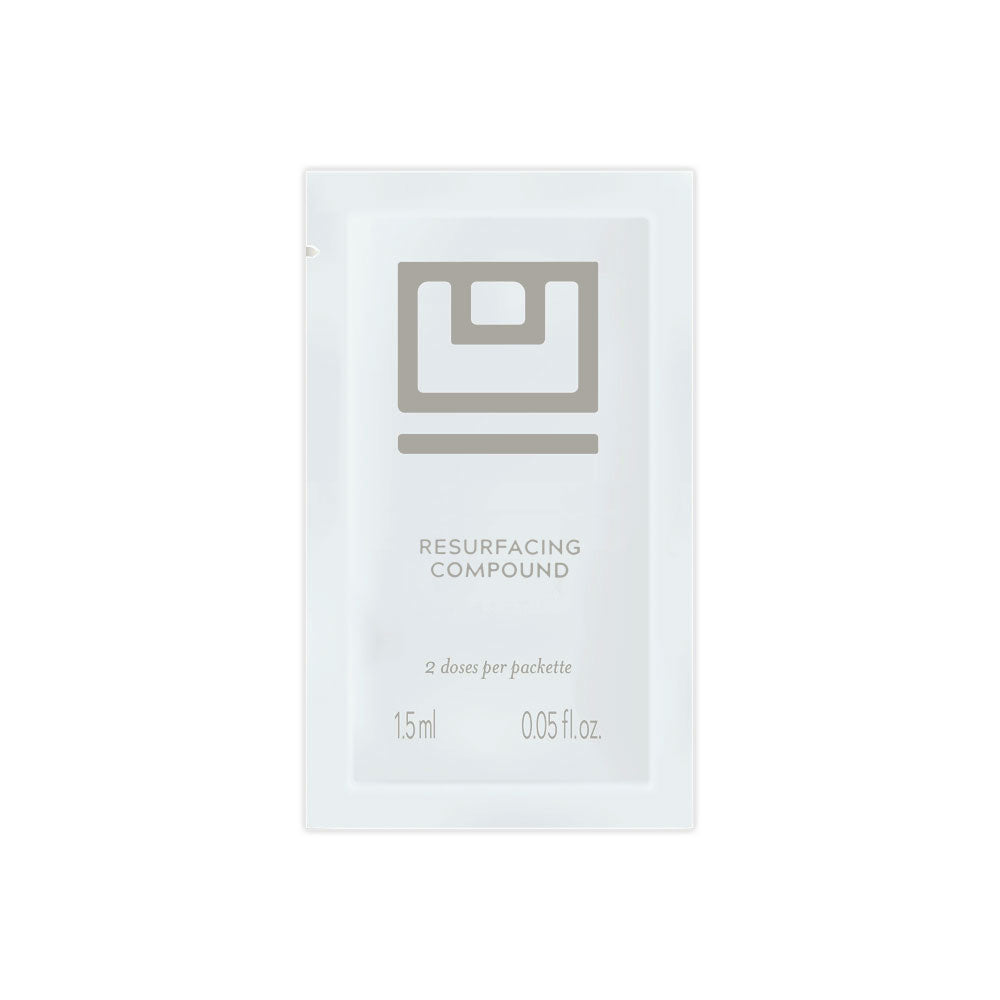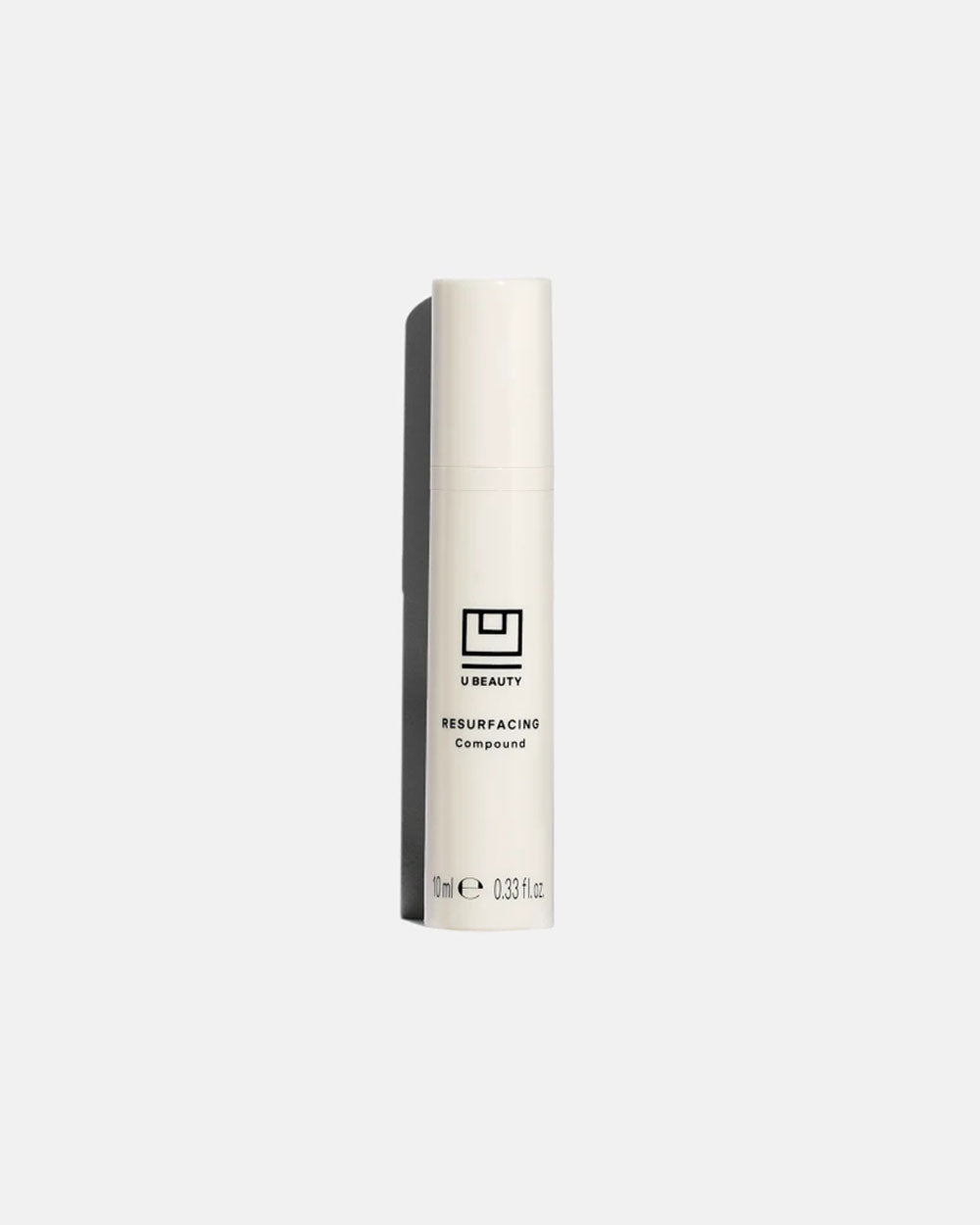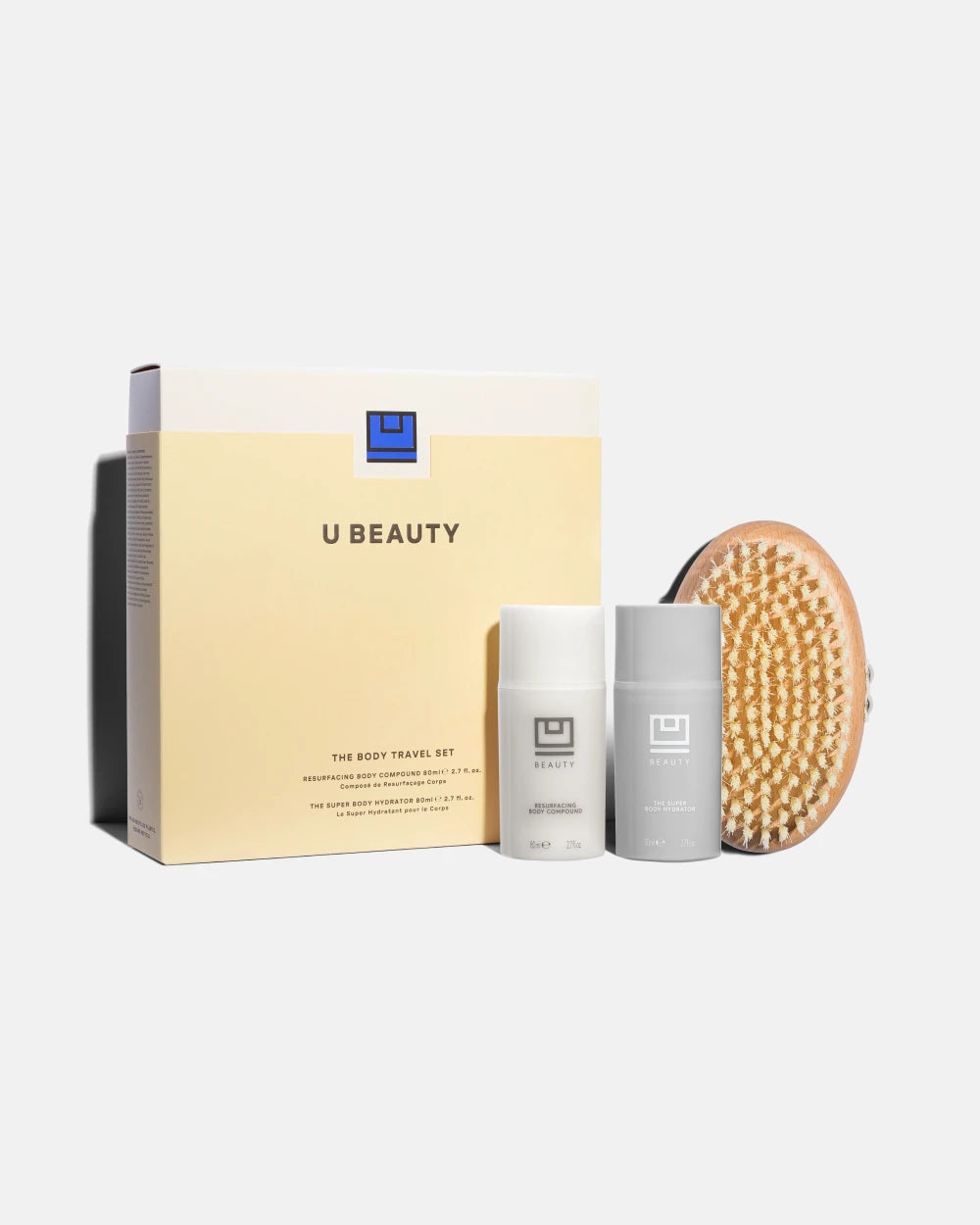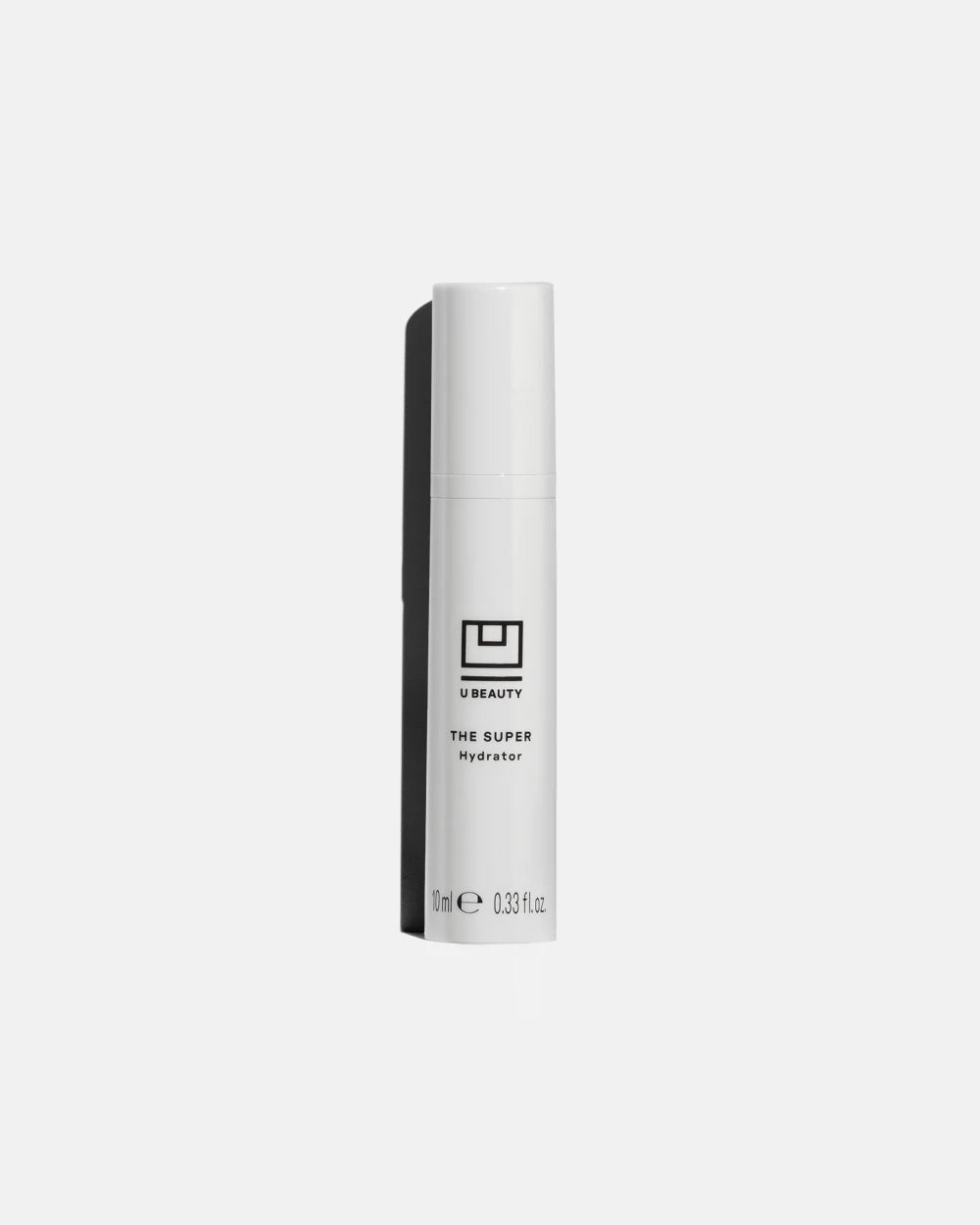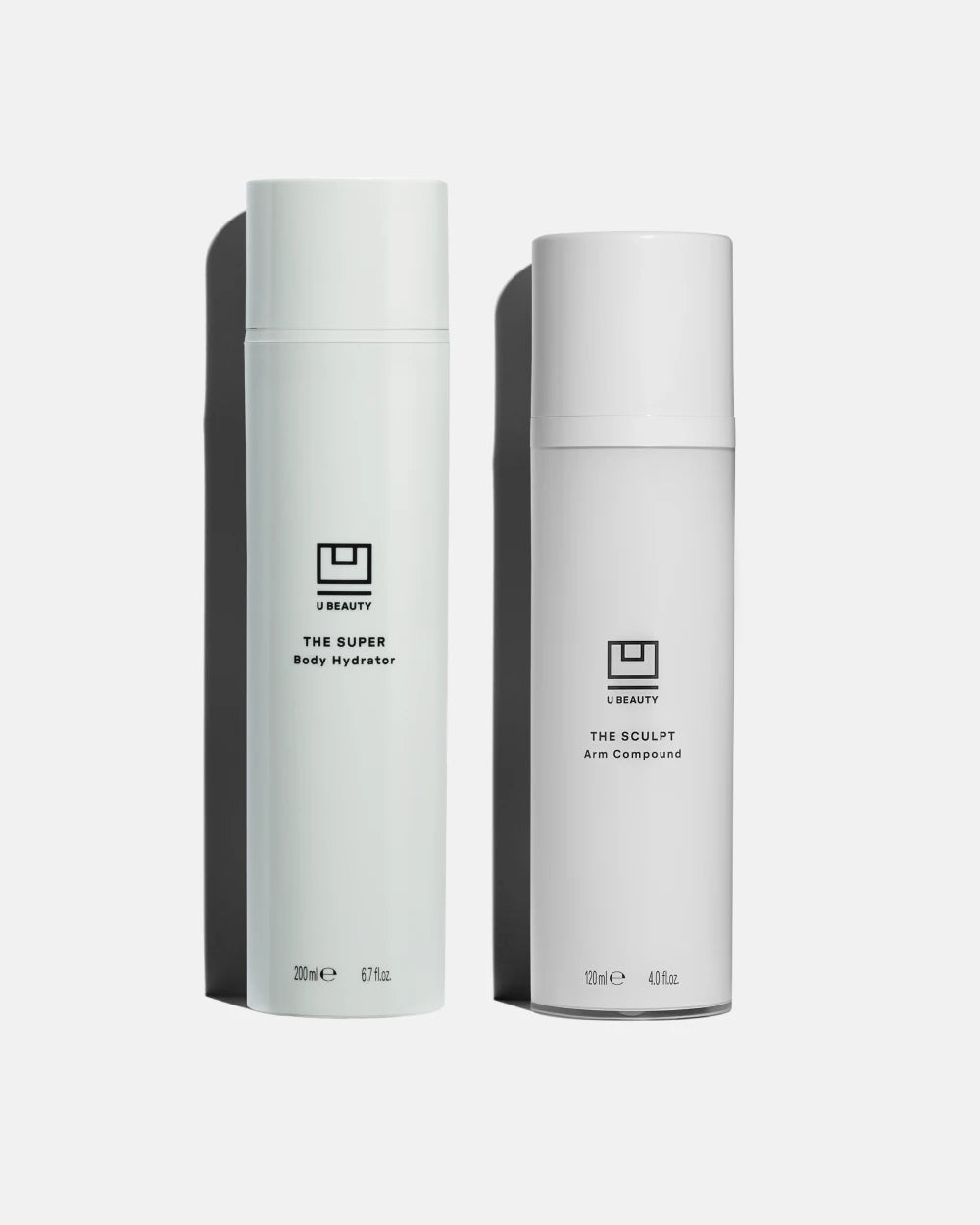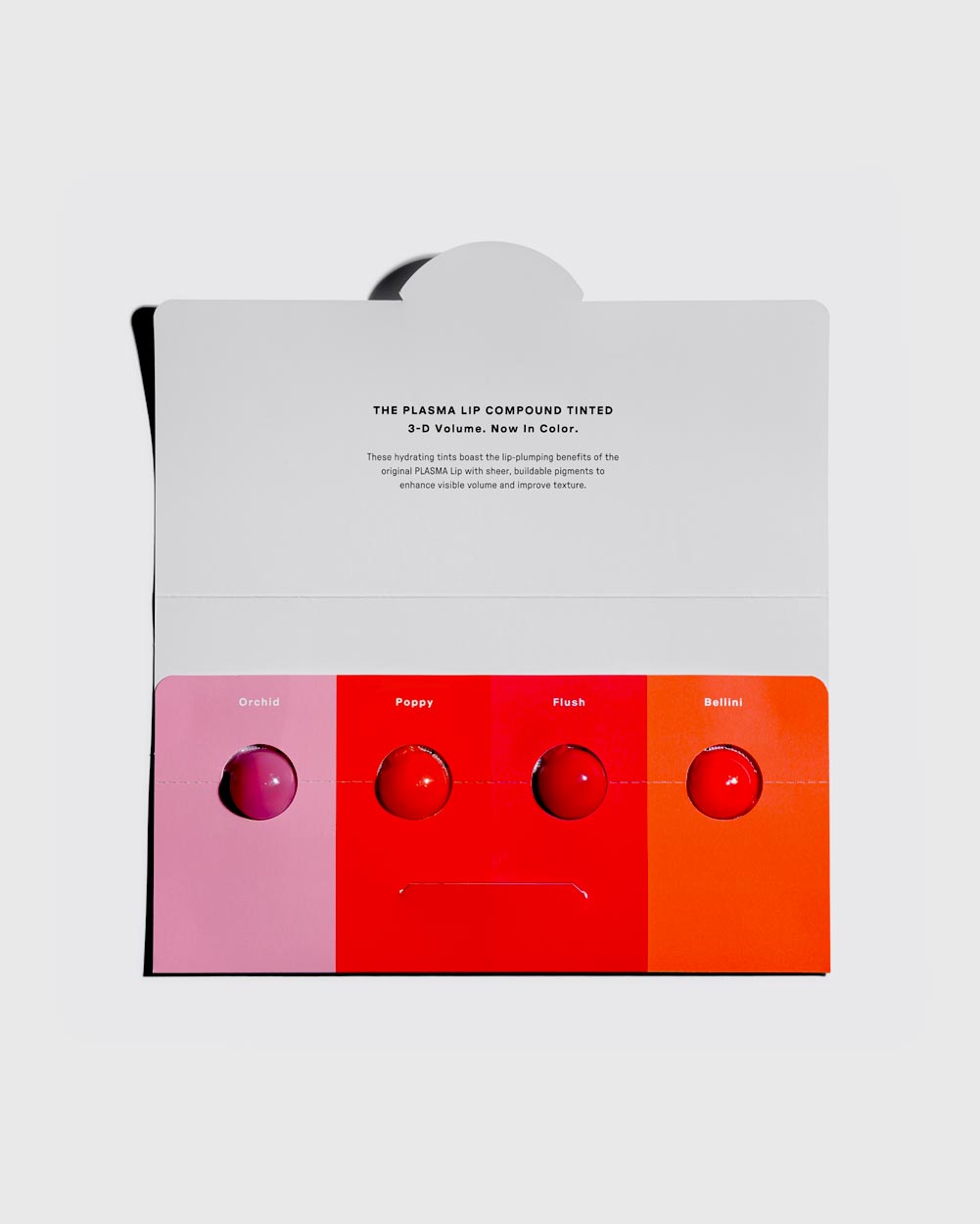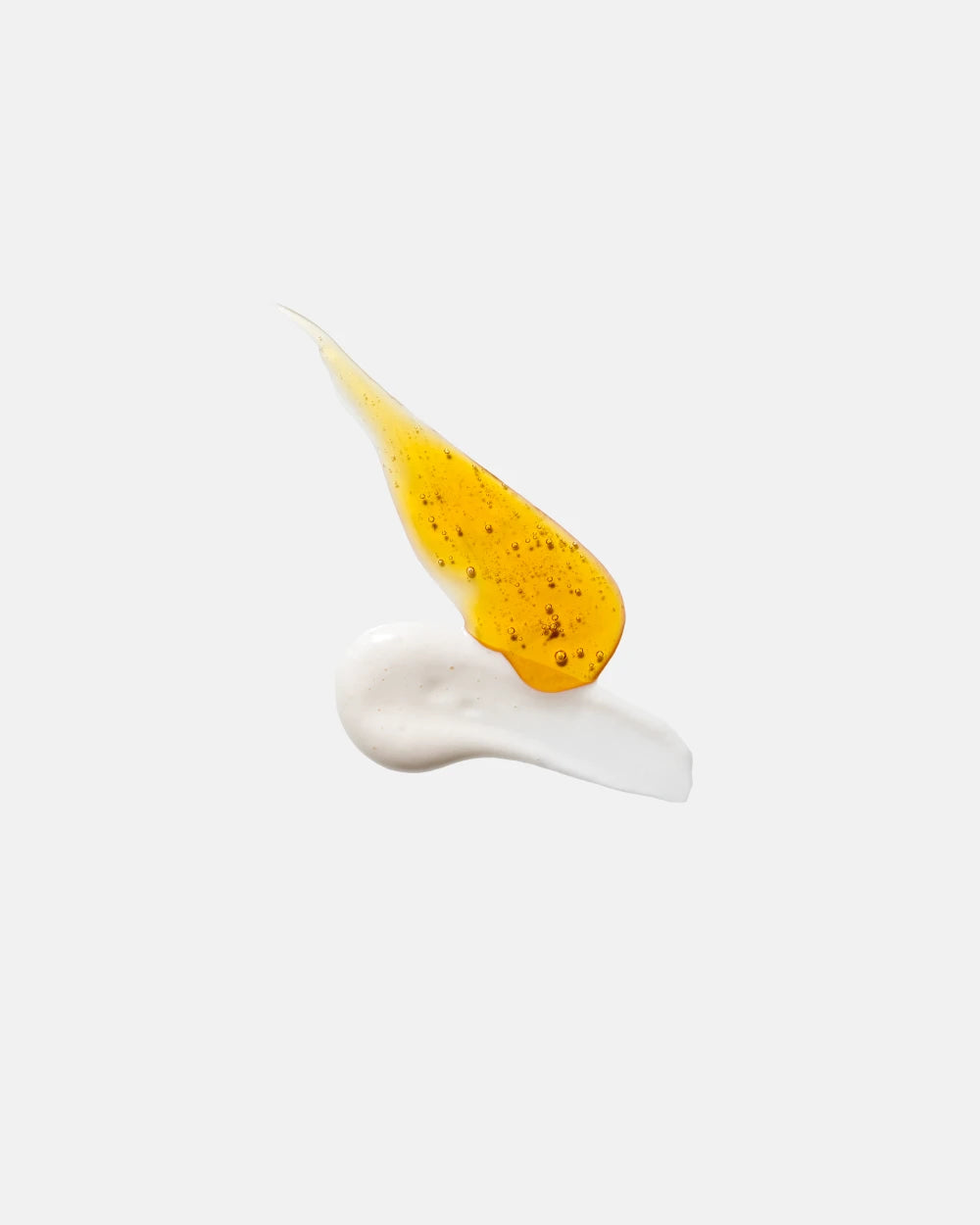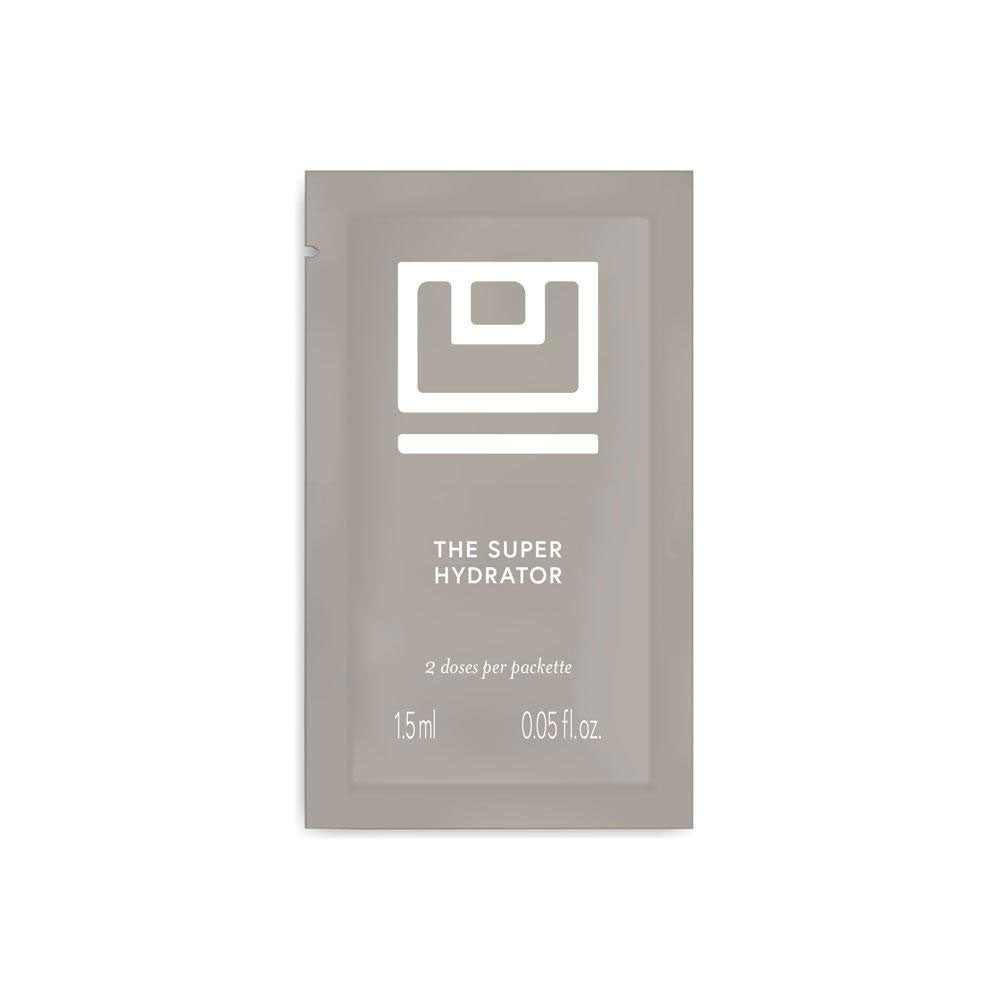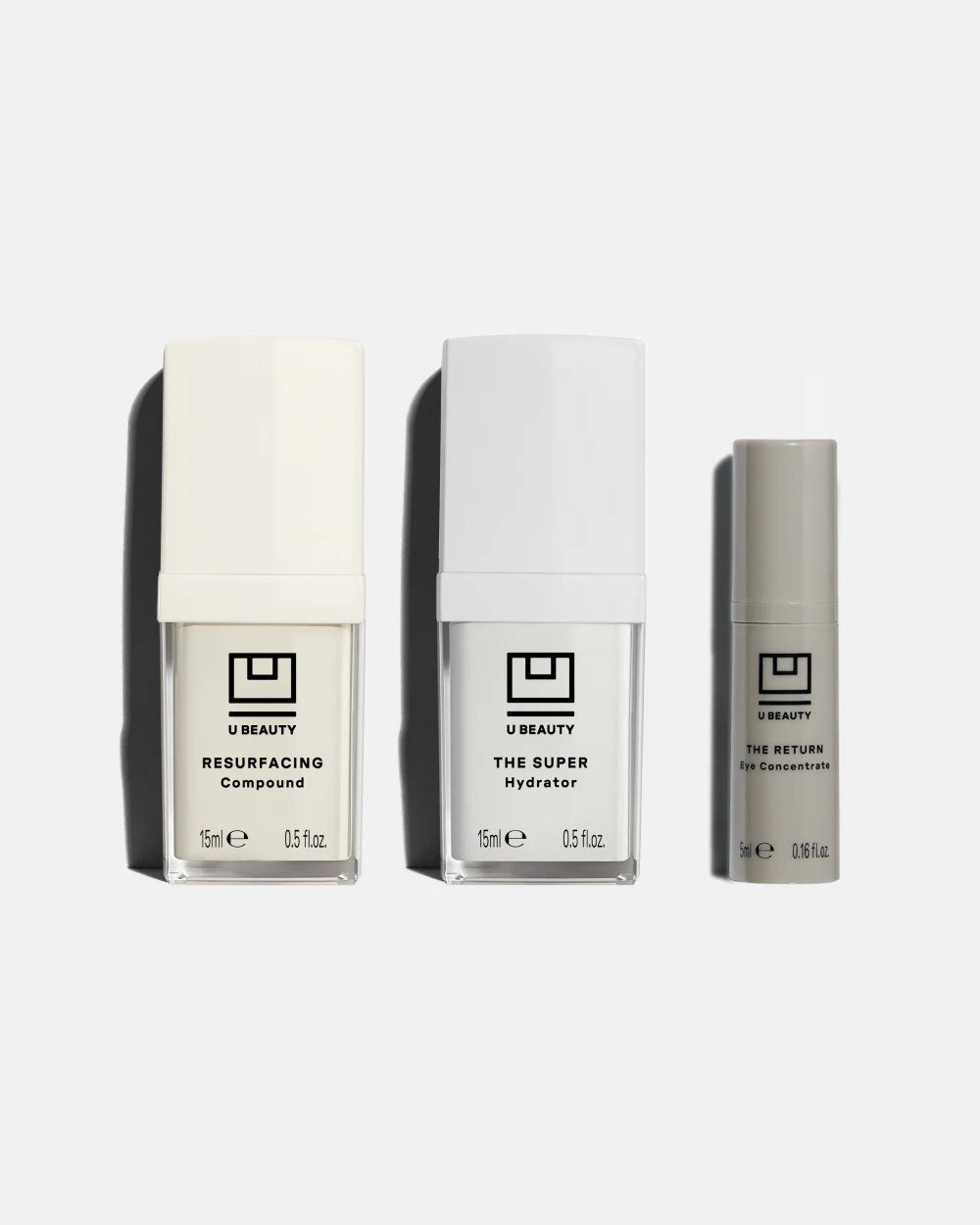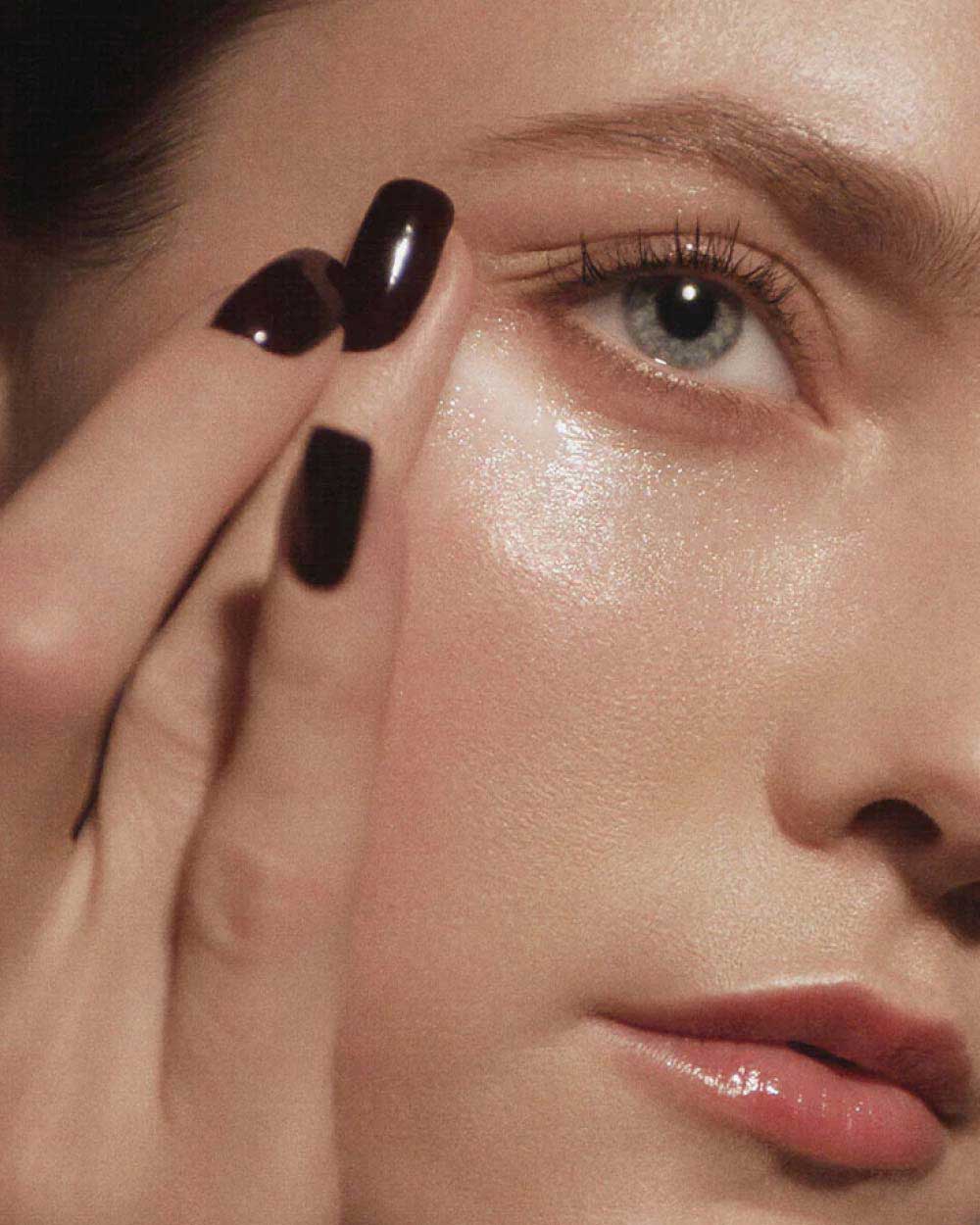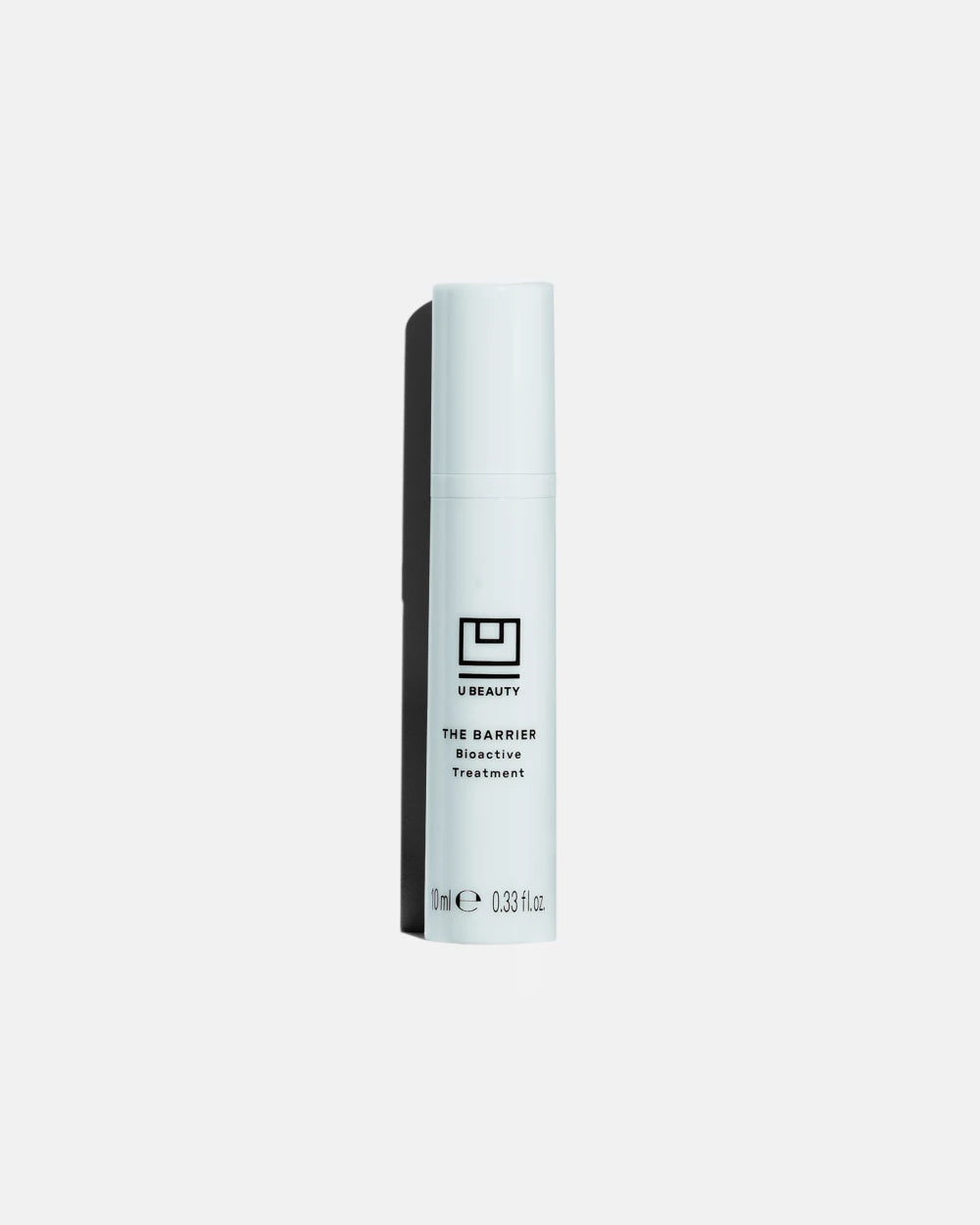What’s Causing Your Flare-Ups?

Seeing Red: What’s Causing Your Flare-Ups?
Red-hot and on fire: The color red possesses more potent psychological effects than any in the spectrum, including an ability to signal power, sexuality and dominance. Did you know that a 2004 study proved Olympic combat athletes wearing red were 5% more likely to win their matches than those in blue? Its sweeter sister, pink, on the other hand, signals hope, soothing our emotional energies. Aggressive prisoners have been calmed by being in a pink room for a time. So now it’s official: Wear red when you want to stimulate and intimidate, and pull out something pink if your goal is to elicit placation and gratitude. While stats on color psychology are interesting enough, this is about your skin, not the hidden language of your wardrobe. And there’s nothing empowering nor pacifying about being pinkish-red, or vice versa, in the face.
Redness is a vexing effect that has plagued us all at one point or another. Whether chronic or sporadic, it happens. But what are the true causes? Sunburns (don’t ever forgo that SPF, not even on the haziest of days!) and hot flashes are obvious culprits, but let’s talk about skin-reddening irritation. Determining the etiology means you can prevent it from happening, and there’s no reason your complexion shouldn’t be even and unbothered, every day.
Your skin gets red when blood vessels dilate. The more blood that rushes to the area, the redder it gets. Sounds simple enough, right? It’s not. There are plenty of reasons you’re getting an unwanted flush. Among them, a common condition known as rosacea, which occurs when skin is overly sensitive and highly reactive to environmental stressors. In order to constrict those blood vessels and mitigate irritation, dermatologists suggest using gentle cleansers and mild moisturizers—and build up your skin’s natural barrier. Similarly, over-exfoliation (via say, a resurfacing AHA or severe peel) can weaken the delicate surface of your skin, even making it vulnerable to bacteria, so stay away from ultra-harsh products.
Acne redness, on the other hand, is exacerbated by pustules and papules, more commonly known as pimples. Retinol, salicylic acid and glycolic acid all minimize your zits, while working to restore your skin to its natural texture. Next up: genetic flushing, also known to some as “Asian glow,” the offender of which is usually alcohol. If your skin reddens when you drink, that’s an indicator you lack the enzyme that breaks down alcohol, which makes it accumulate, ultimately in your skin. The most effective, and obvious solution, is to avoid cocktails entirely.
Finally, the two variations of dermatitis: Contact dermatitis is the result of a new product that isn’t exactly working to your benefit. On the contrary, the fragrances, preservatives and other irritating ingredients are making you red in the face. Dermatologists recommend opting for formulas that are scentless. Seborrheic dermatitis is different; concentrated around the nose and eyebrows, it’s the facial equivalent to dandruff on your scalp and the result of oil accumulation. Reduce yeast production by balancing your skin.
Now for the ingredients that counter inflammation — and help you avoid it entirely. Think prevention over correction. Enter the science behind U Beauty’s formulas. Packed with antioxidants that destroy free radicals and protect healthy skin, the Resurfacing Compound fortifies your skin’s natural barrier. Vitamin C is one of those antioxidants, reducing visible redness and irritation and boosting overall tone. It contains toner, a great equalizer to soothe the skin and restore its neutral pH, and gentle exfoliating properties negate discoloration while removing dull dead cells.
Every problem has a solution, indeed. Because the only shades of red and pink you ought to be wearing should come in the form of flattering ready-to-wear.


